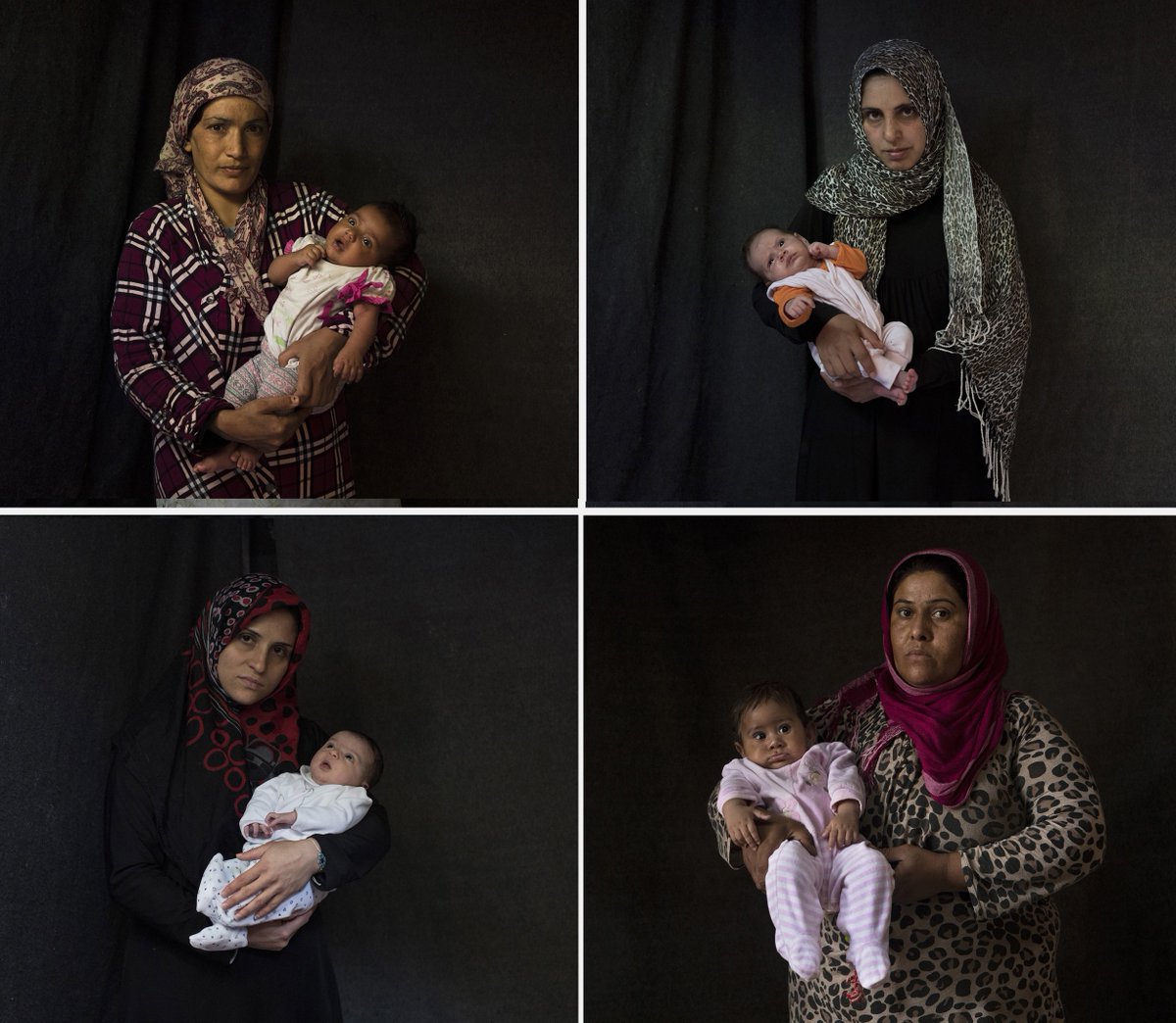
Stranded
Syrian mothers pose with their babies, born as refugees in Greece.
#MothersDay #RefugeesCrisis @AP_Images / @PGiannakouris: image via Petros Giannakouris @PGiannakouris, 14 May 2017
I Yannis Ritsos: In Front of the Door ("a yellow mask identical with her face")

Various Balinese Topeng (dance masks), Taman Mini Indonesia Indah, Jakarta: photo by Gunawan Kartapranata, 2009
There is an unconscious propriety in the way in which, in all European languages, the word person is commonly used to denote a human being. The real meaning of persona is a mask, such as actors were accustomed to wear on the ancient stage; and it is quite true that no one shows himself as he is, but wears his mask and plays his part. Indeed, the whole of our social arrangements may be likened to a perpetual comedy; and this is why a man who is worth anything finds society so insipid, while a blockhead is quite at home in it.
Arthur Schopenhauer: Psychological Observations, from Studies in Pessimism in Parerga und Paralipomena, 1851 (translated by Thomas Bailey Saunders)
I Yannis Ritsos: In Front of the Door ("a yellow mask identical with her face")

Various Balinese Topeng (dance masks), Taman Mini Indonesia Indah, Jakarta: photo by Gunawan Kartapranata, 2009
There is an unconscious propriety in the way in which, in all European languages, the word person is commonly used to denote a human being. The real meaning of persona is a mask, such as actors were accustomed to wear on the ancient stage; and it is quite true that no one shows himself as he is, but wears his mask and plays his part. Indeed, the whole of our social arrangements may be likened to a perpetual comedy; and this is why a man who is worth anything finds society so insipid, while a blockhead is quite at home in it.
Arthur Schopenhauer: Psychological Observations, from Studies in Pessimism in Parerga und Paralipomena, 1851 (translated by Thomas Bailey Saunders)
He was about to knock on the door. He changed his mind. He stood there.
Should he leave? How? What if the door suddenly opened?
And what if he were seen from the upstairs window? Suppose they were to throw out
a glass of water or cigarette butts or rotten flowers
or his two-day-old letter all torn up? It got dark.
Nobody went in or out. No window opened.
The house abandoned. Not a single light on over the stairs. On the floor
he could now clearly make out the two rusted forks,
a pile of soda bottles and empty cartridges,
and beside these a yellow mask identical with his face.
Yannis Ritsos (1909-1990): In Front of the Door, from Sidestreet (1971-1972), in Exile and Return: Selected Poems 1967-1974, translated by Edmund Keeley, 1985
Should he leave? How? What if the door suddenly opened?
And what if he were seen from the upstairs window? Suppose they were to throw out
a glass of water or cigarette butts or rotten flowers
or his two-day-old letter all torn up? It got dark.
Nobody went in or out. No window opened.
The house abandoned. Not a single light on over the stairs. On the floor
he could now clearly make out the two rusted forks,
a pile of soda bottles and empty cartridges,
and beside these a yellow mask identical with his face.
Yannis Ritsos (1909-1990): In Front of the Door, from Sidestreet (1971-1972), in Exile and Return: Selected Poems 1967-1974, translated by Edmund Keeley, 1985

Los Angeles, CA.: photo by Mike Murphy, 5 May 2017

Los Angeles, CA.: photo by Mike Murphy, 5 May 2017

Los Angeles, CA.: photo by Mike Murphy, 5 May 2017

2017-05-15_05-22-00 [Jakarta, Indonesia]: photo by Chris Tuarissa, 14 May 2017

2017-05-15_05-22-00 [Jakarta, Indonesia]: photo by Chris Tuarissa, 14 May 2017

2017-05-15_05-22-00 [Jakarta, Indonesia]: photo by Chris Tuarissa, 14 May 2017
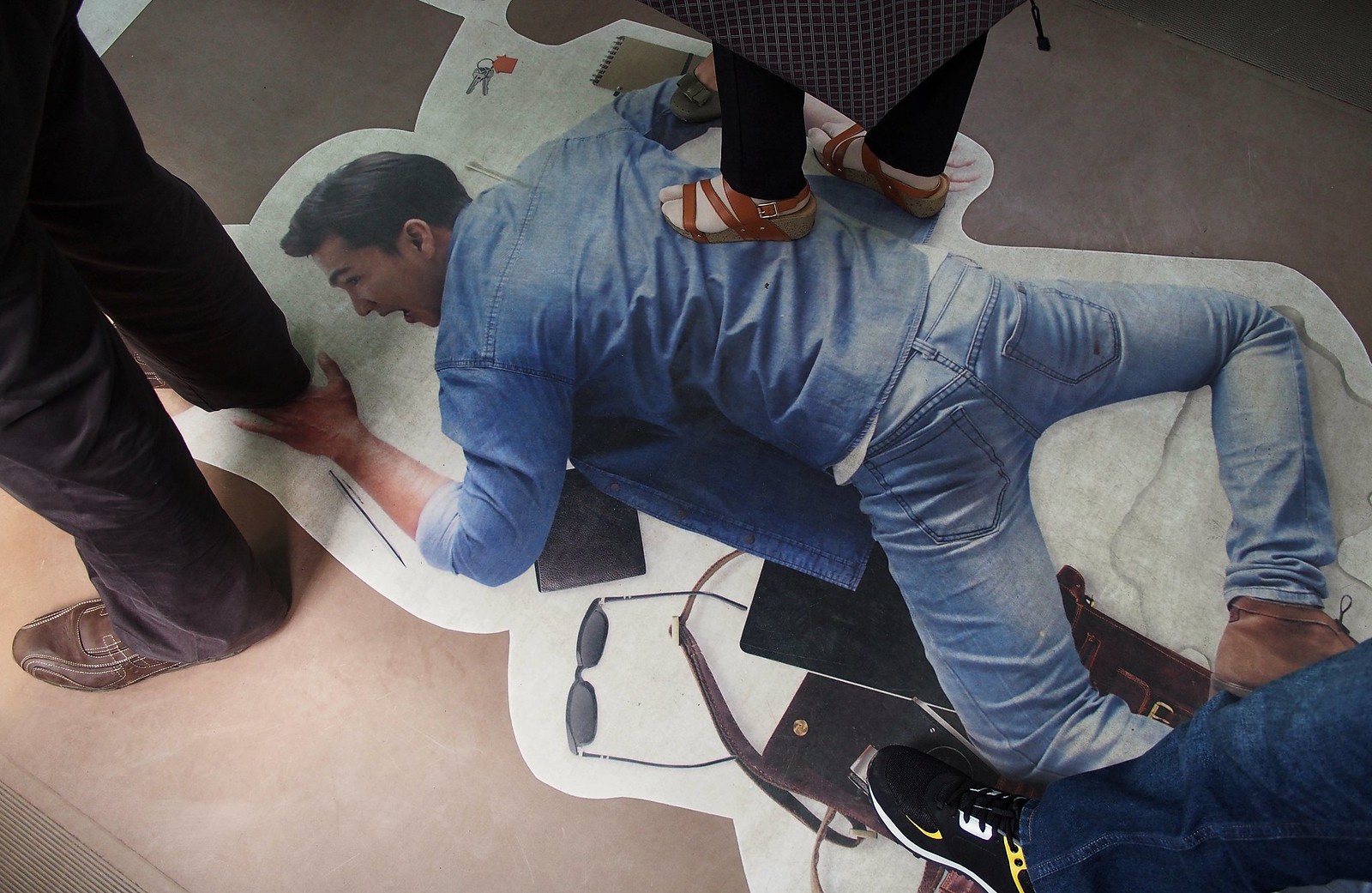
2017-02-05_12-35-34 [Jakarta, Indonesia]: photo by Chris Tuarissa, 3 February 2017

2017-02-05_12-35-34 [Jakarta, Indonesia]: photo by Chris Tuarissa, 3 February 2017

2017-02-05_12-35-34 [Jakarta, Indonesia]: photo by Chris Tuarissa, 3 February 2017
II Yannis Ritsos: The Time Dimension

Basking shark: photo by Chris Gotschalk, 21 July 2006
Hallway, door, hallway, door; half-light; afternoon leaning toward dusk. All the doors
open to the far end. People made of plaster, bent over, are sitting alone, each to a bench. The last,
in the innermost hallway, barely distinguishable like the head of a pin:
..............................
open to the far end. People made of plaster, bent over, are sitting alone, each to a bench. The last,
in the innermost hallway, barely distinguishable like the head of a pin:
..............................
volume, maybe pain as well." That's what he was saying.
Nobody believed him or even paid attention to him. On the right, through the dust-covered, barred window,
you could see, passing by under artificial noon sunshine, a tall, immense bus full of people on an excursion,
plaster boys, plaster girls with spearguns, with those long plastic flippers,
very blue or yellow, hanging in the windows.
Nobody believed him or even paid attention to him. On the right, through the dust-covered, barred window,
you could see, passing by under artificial noon sunshine, a tall, immense bus full of people on an excursion,
plaster boys, plaster girls with spearguns, with those long plastic flippers,
very blue or yellow, hanging in the windows.
(Was the absence of a conclusion, then, the essence?)
Yannis Ritsos (1909-1980): The Time Dimension, 1971, from The Wall Inside the Mirror, 1974, in Exile and Return: Selected Poems 1967-1974, translated by Edmund Keeley, 1985
Free-diving with monofin, Cyprus: photo by aquaxel, 26 April 2006
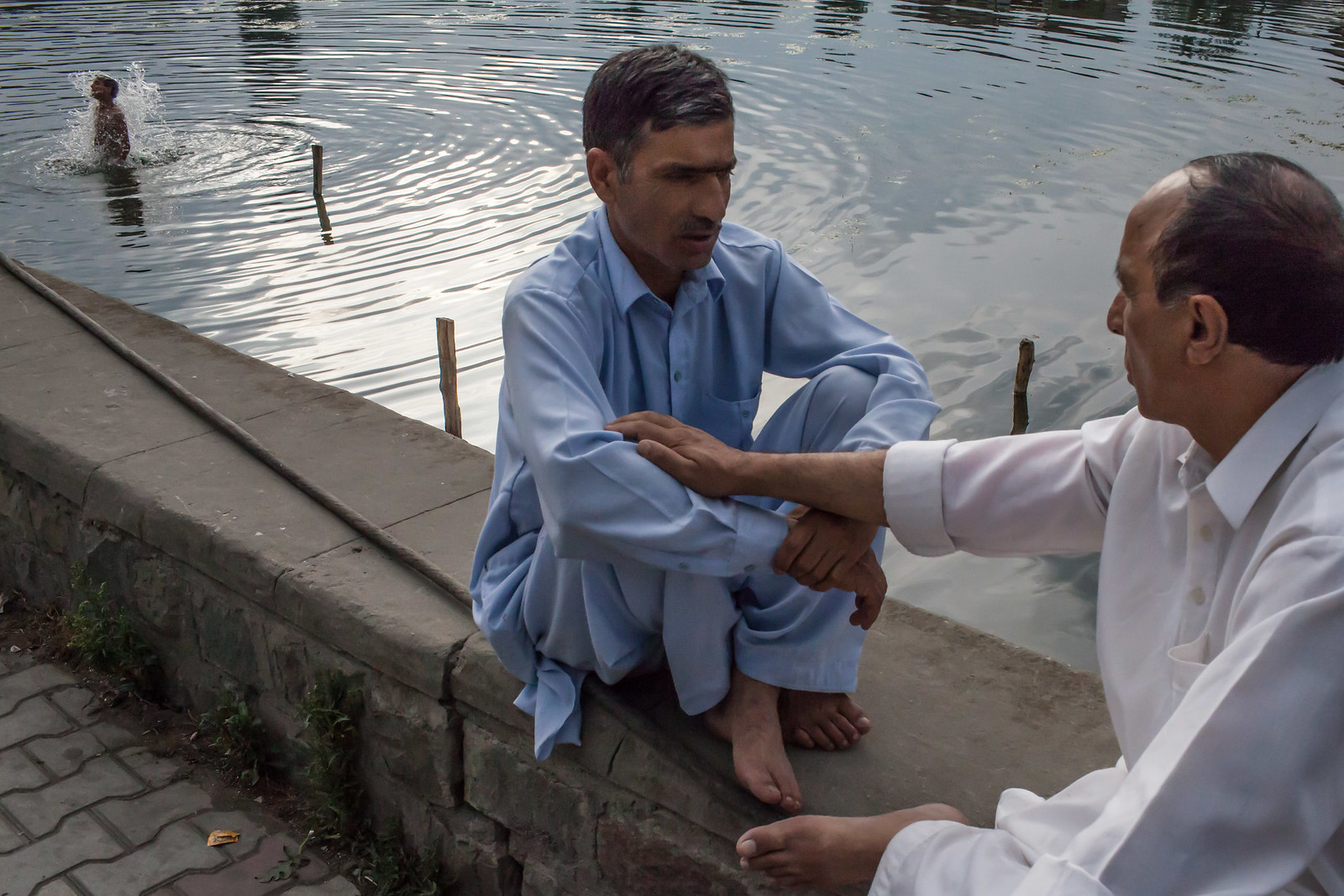
* [Srinagar, Kashmir]: photo by Dimitris Makrygiannakis, 22 August 2012

* [Srinagar, Kashmir]: photo by Dimitris Makrygiannakis, 22 August 2012

* [Srinagar, Kashmir]: photo by Dimitris Makrygiannakis, 22 August 2012
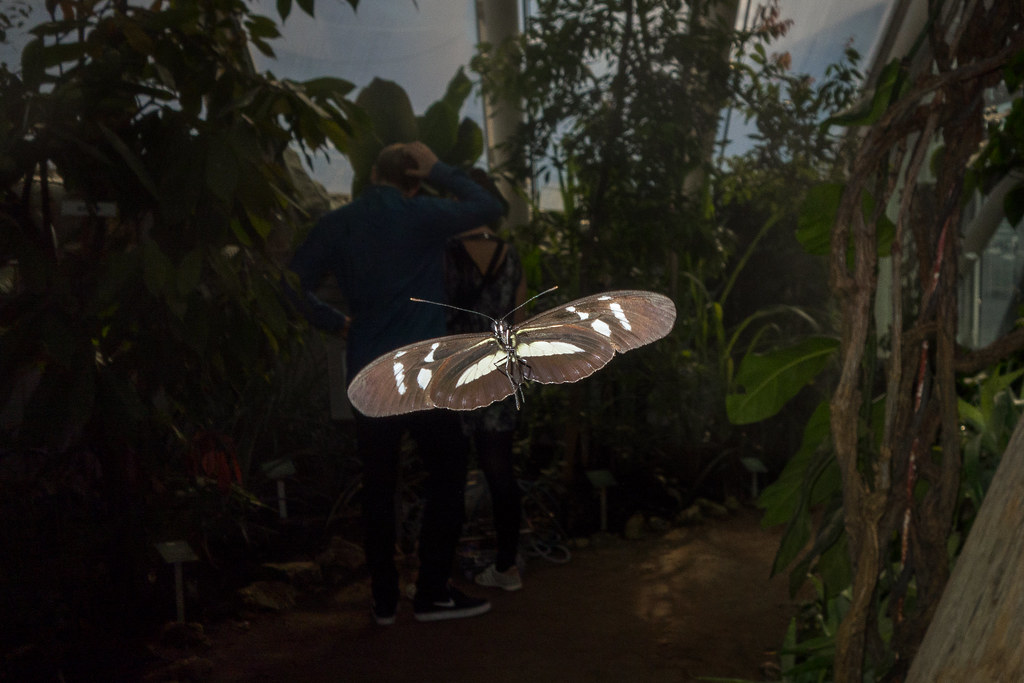
[Untitled]: photo by Oscar_from_Denmark, 25 May 2015
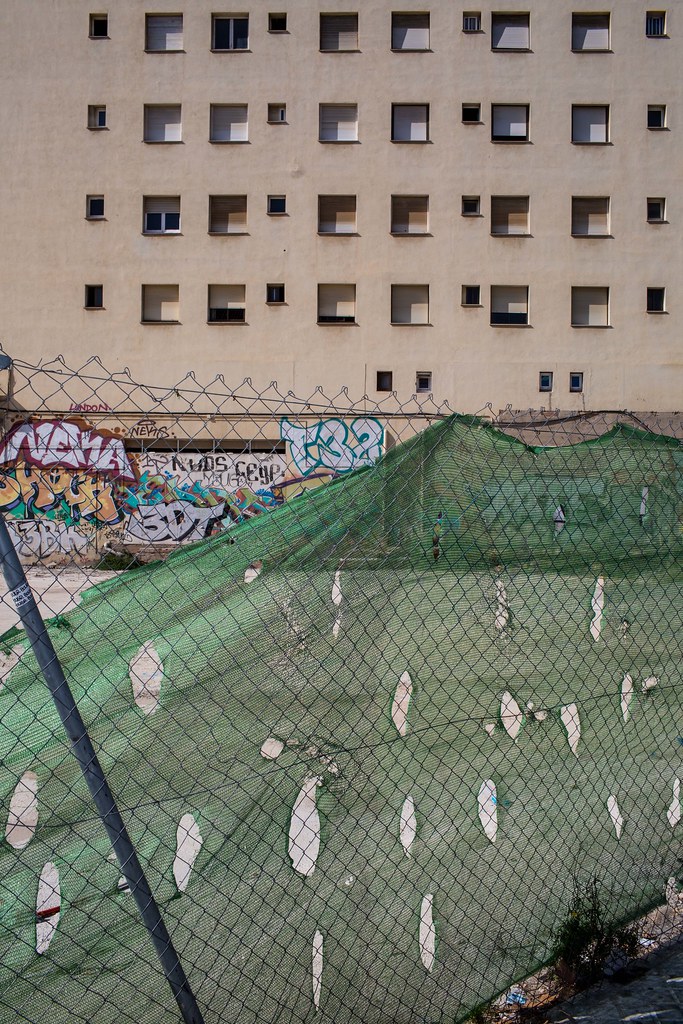
* [Barcelona]: photo by Dimitris Makrygiannakis, 8 October 2014
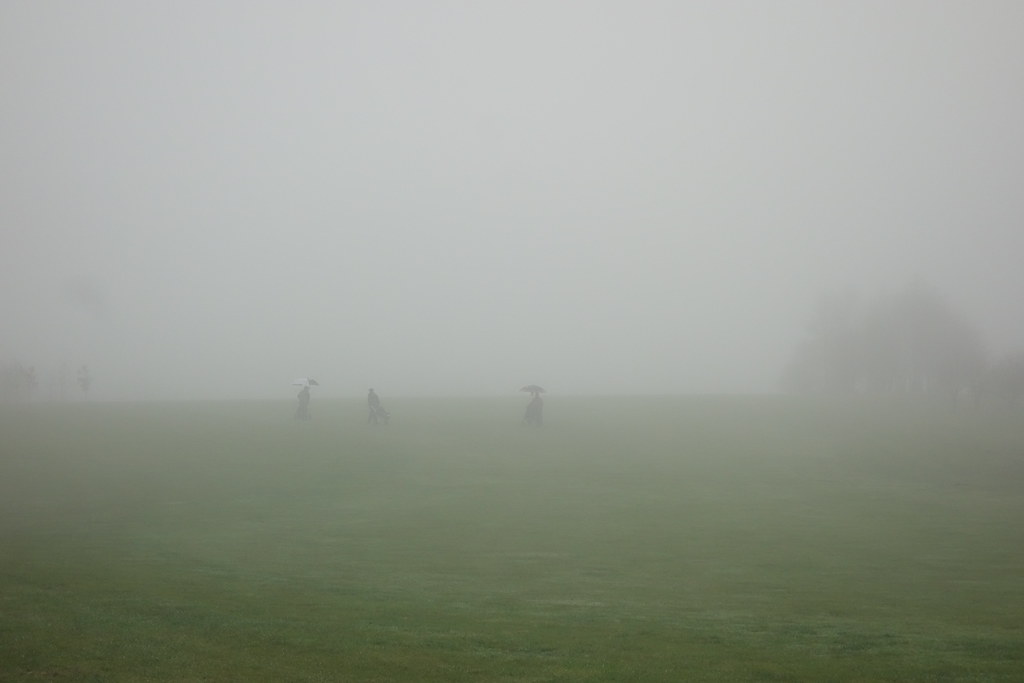
[Untitled]: photo by Oscar_from_Denmark, 13 December 2013

_DSC5467. Paris.: photo by Pierre Wayser, 2 April 2017
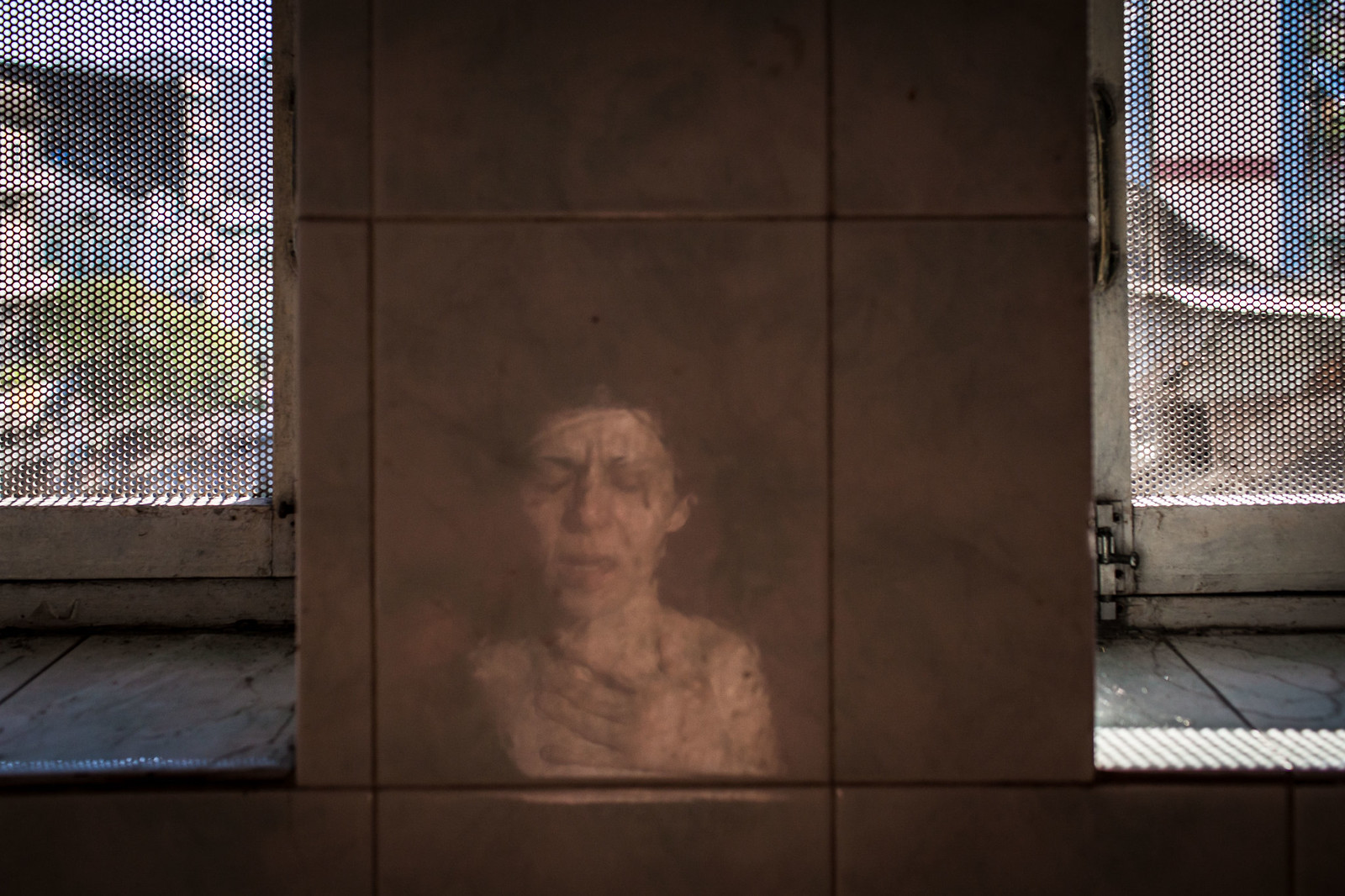
* [Yangon, Myanmar]: photo by Dimitris Makrygiannakis, 20 September 2012

* [Yangon, Myanmar]: photo by Dimitris Makrygiannakis, 20 September 2012

* [Yangon, Myanmar]: photo by Dimitris Makrygiannakis, 20 September 2012
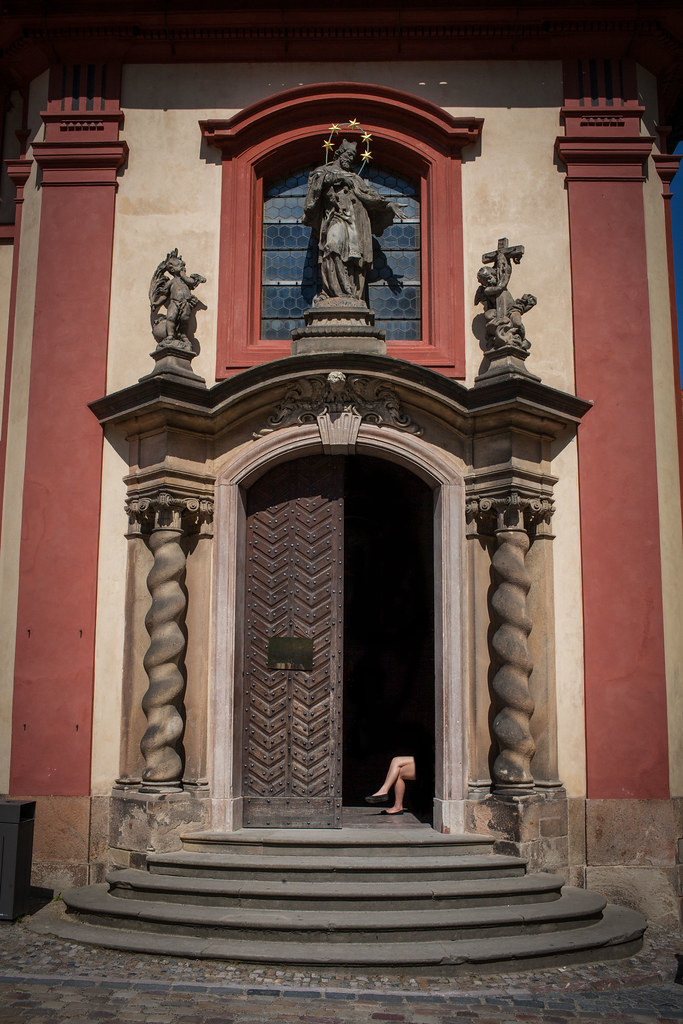
* [Prague]: photo by Dimitris Makrygiannakis, 7 July 2013
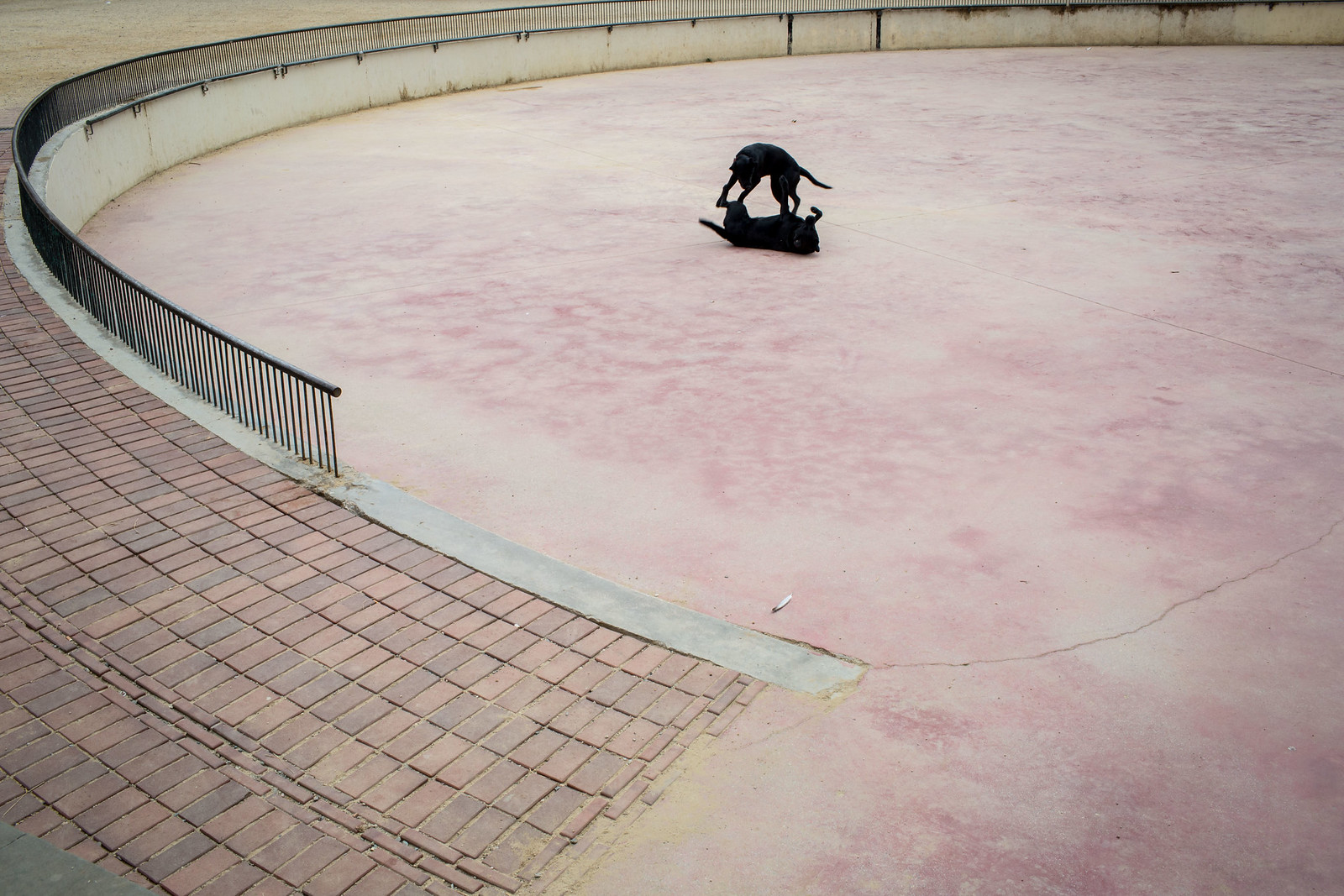
* [Barcelona]: photo by Dimitris Makrygiannakis, 20 September 2016

* [Barcelona]: photo by Dimitris Makrygiannakis, 20 September 2016

* [Barcelona]: photo by Dimitris Makrygiannakis, 20 September 2016
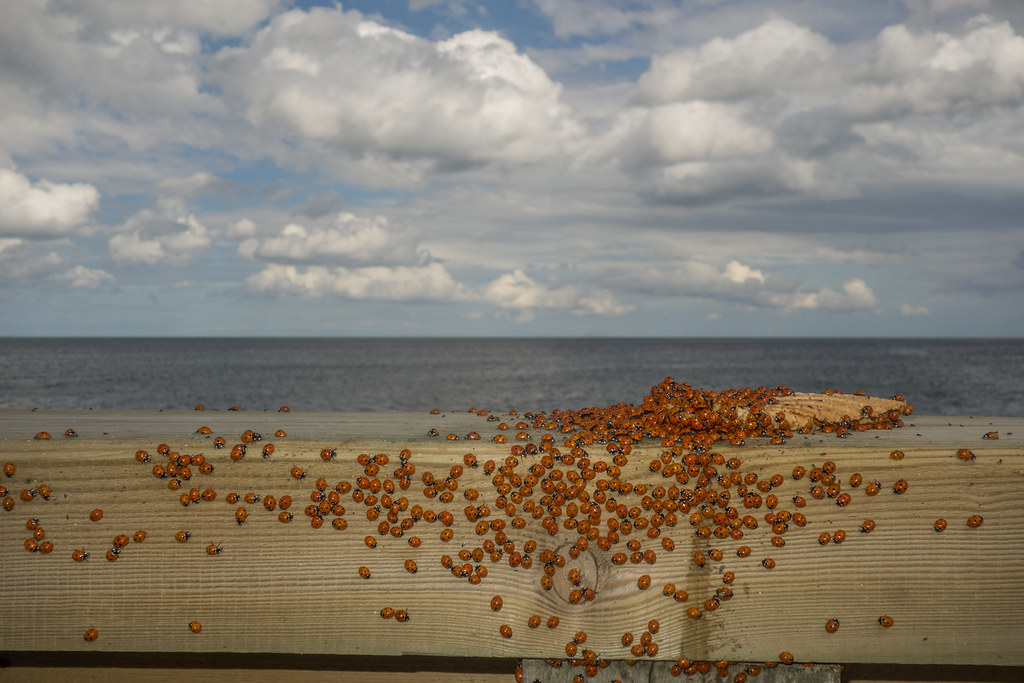
Summer in Denmark - Part 1: photo by Oscar_from_Denmark, 31 July 2014
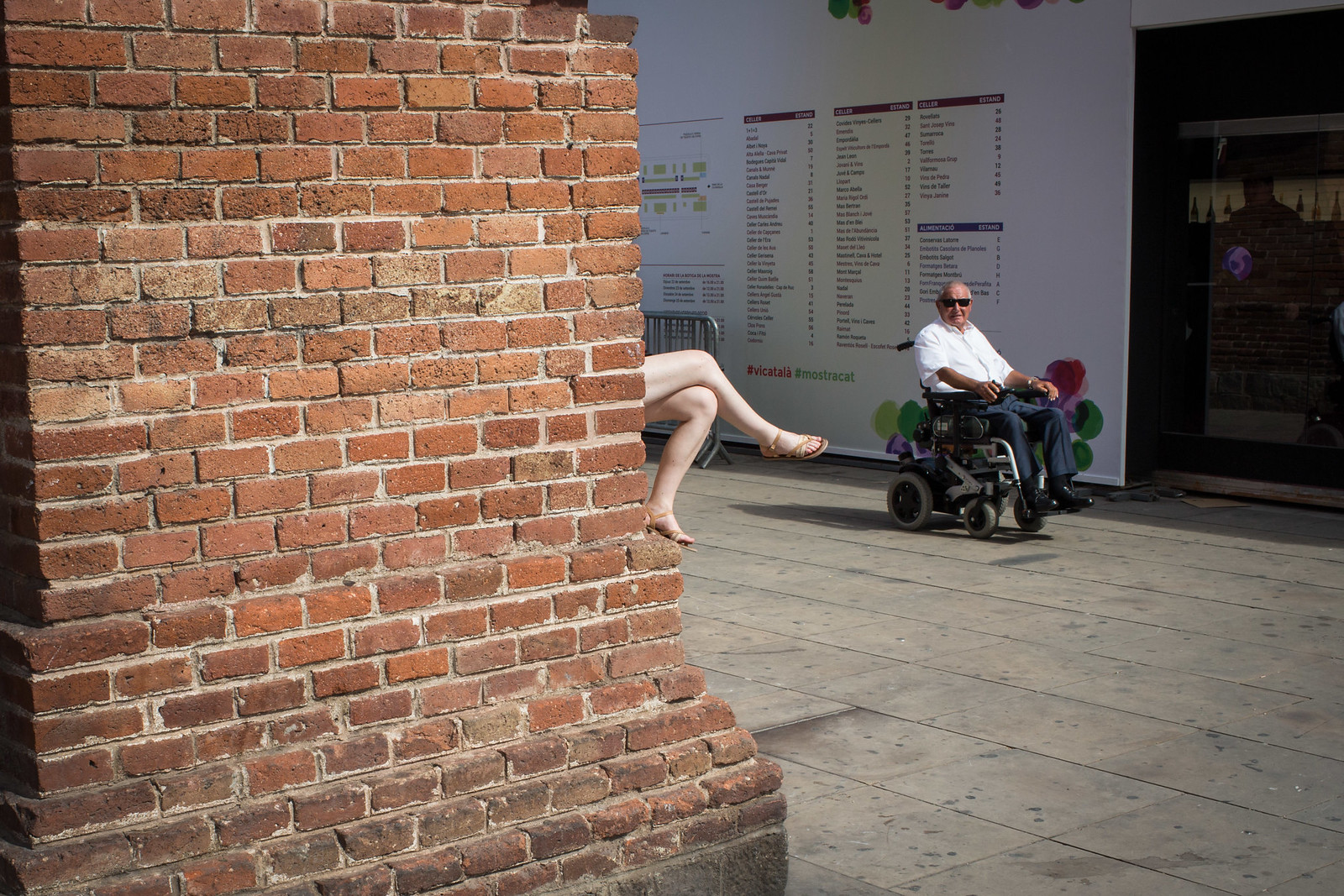
* [Barcelona]: photo by Dimitris Makrygiannakis 25 September 2016

* [Barcelona]: photo by Dimitris Makrygiannakis, 25 September 2016

* [Barcelona]: photo by Dimitris Makrygiannakis, 25 September 2016
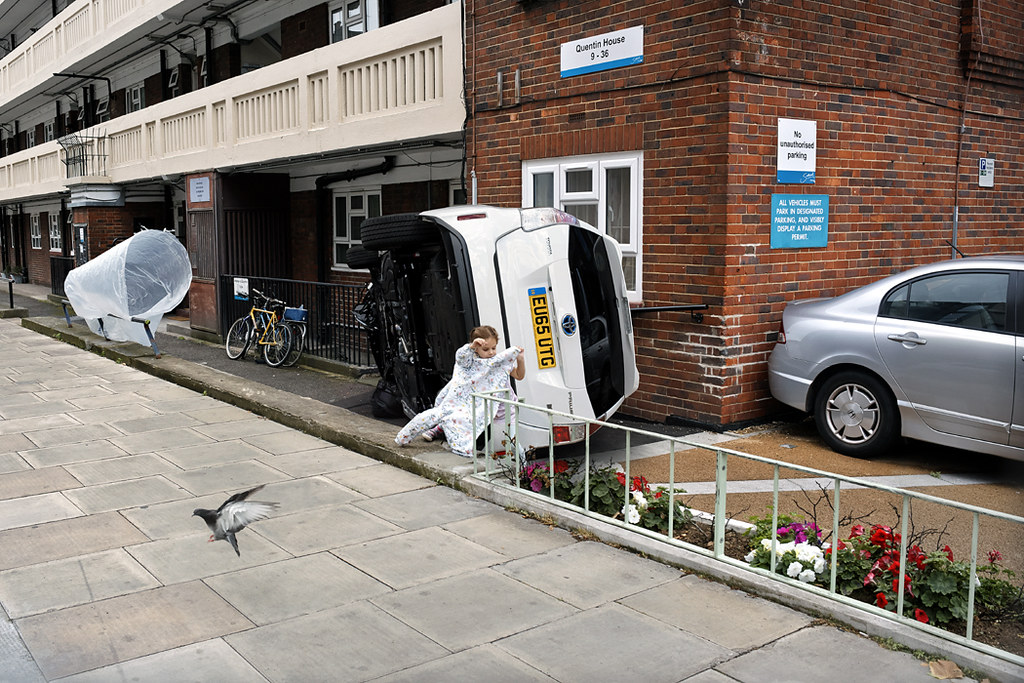
No Parking: photo by Jo Wallace, 27 July 2016
III Yannis Ritsos: In the Depths
Kampffischweibchen (Betta splendens) [Siamese Fighting Fish], türkis/pink: photo by Defender Regina, 1 April 2010
He saw the diver stir deep down in the water
with soft, carnal movements. Beyond
he saw the clay penis and the statue's feet
stepping firmly on the sea floor. And he also saw
the clay woman spread out, waiting,
one knee slightly raised, with a red,
totally red fish on her belly. Except
that the seaweed didn't move, there was no seaweed,
and the coin they threw in from above descended slowly
until it stopped a hand's width from the woman's mouth.
Yannis Ritsos (1909-1990): In the Depths, 1971, from The Wall Inside the Mirror, translated by Edmund Keeley in Yannis Ritsos: Exile and Return, Selected Poems 1967-1974, 1985
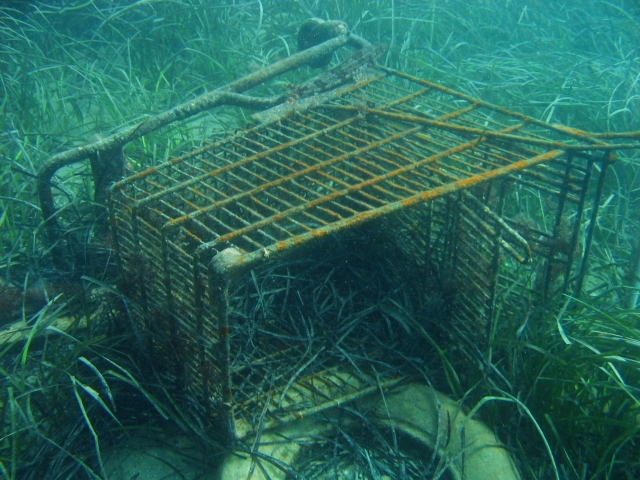
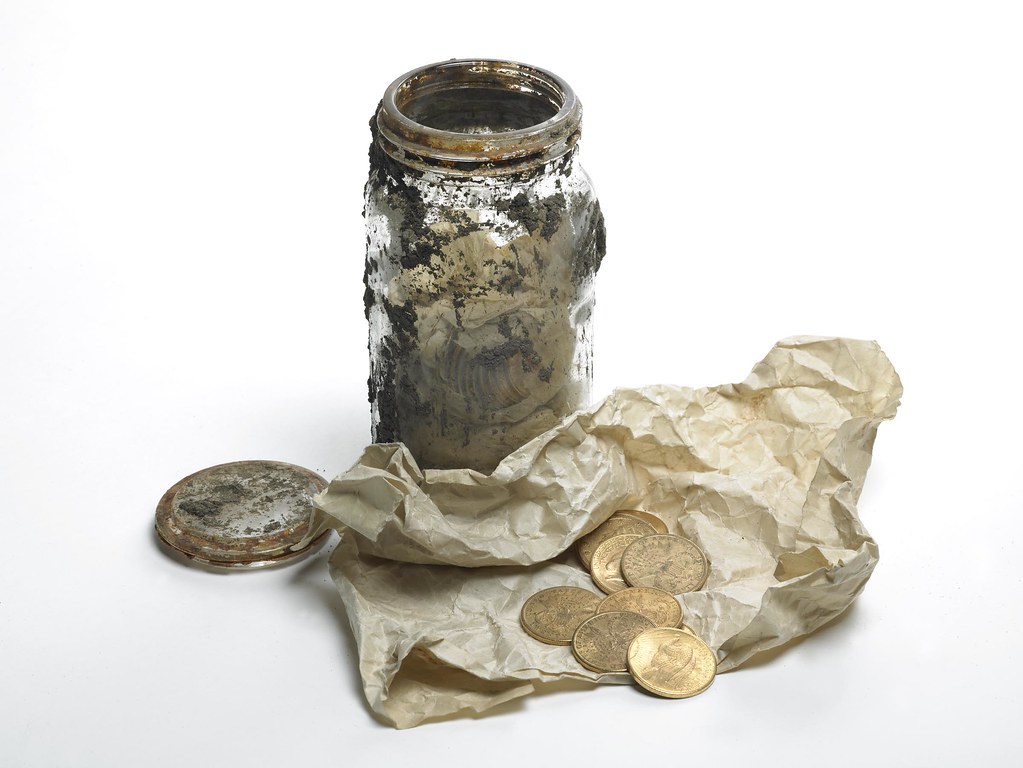
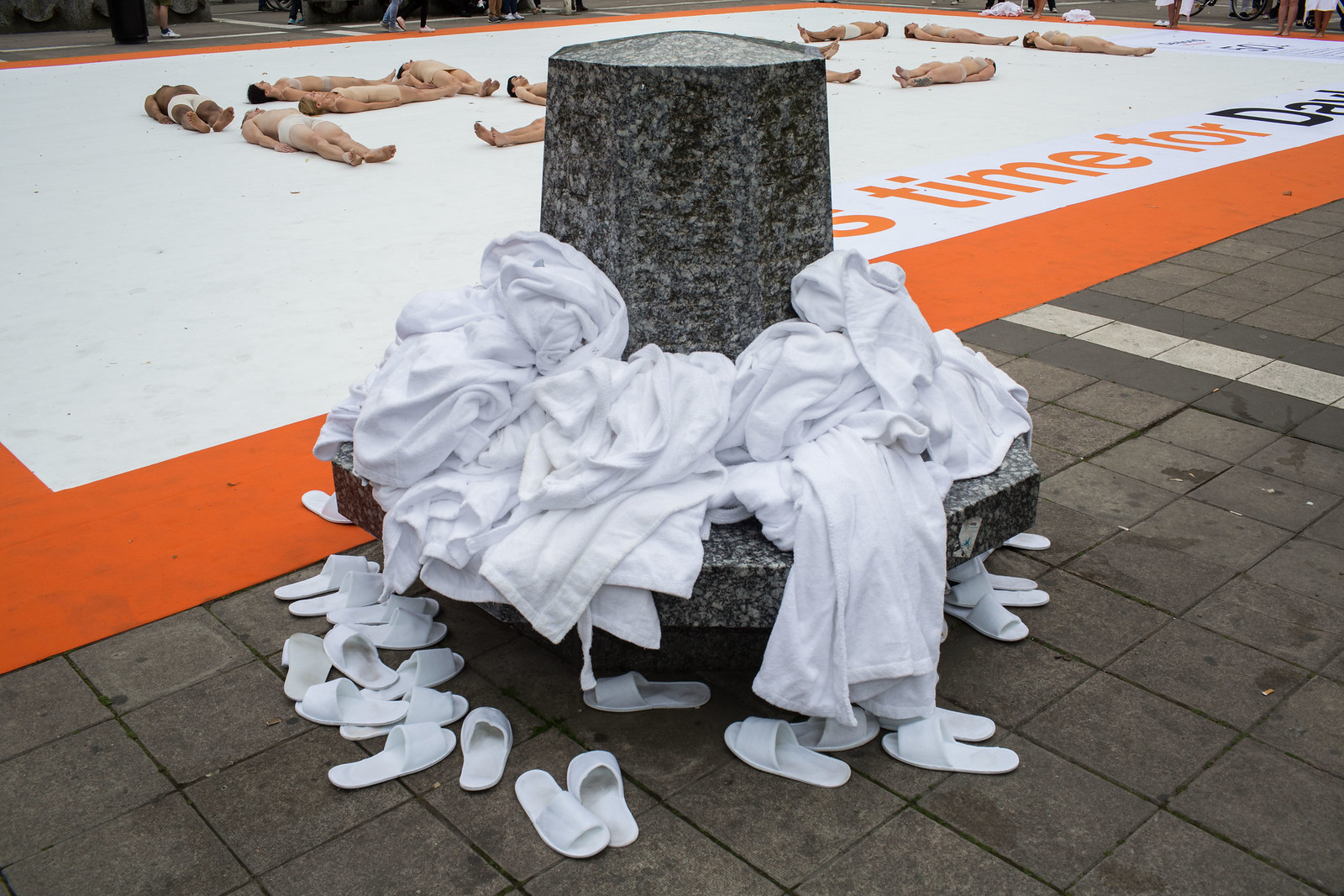
with soft, carnal movements. Beyond
he saw the clay penis and the statue's feet
stepping firmly on the sea floor. And he also saw
the clay woman spread out, waiting,
one knee slightly raised, with a red,
totally red fish on her belly. Except
that the seaweed didn't move, there was no seaweed,
and the coin they threw in from above descended slowly
until it stopped a hand's width from the woman's mouth.
Yannis Ritsos (1909-1990): In the Depths, 1971, from The Wall Inside the Mirror, translated by Edmund Keeley in Yannis Ritsos: Exile and Return, Selected Poems 1967-1974, 1985

Shopping trolley lying six metres below the surface near Tanker Jetty, Esperance, Western Australia: photo by Ian Bailey, 2006

Coins from the Hackney Hoard with Jar. The coins from the Hackney Hoard were found deposited in this glass Kilner jar: photo by portableantiquities, 13 July 2007

* [Stockholm]: photo by Dimitris Makrygiannakis, 28 June 2014

* [Stockholm]: photo by Dimitris Makrygiannakis, 28 June 2014

* [Stockholm]: photo by Dimitris Makrygiannakis, 28 June 2014
IV Yannis Ritsos: Marpessa's Choice

Idas and Marpessa are separated by Zeus from Apollo (left, not visible): Attic red-figure psykter, by Pan Painter, ca. 480 BC, found at Agrigento: image by Bibi Saint-Pol, 7 September 2010 (Staatliche Antikensammlungen)
It wasn't by chance that Marpessa preferred Idas over Apollo,
despite her passion for the god, despite his incomparable beauty --
the kind that made myrtle tremble into blossom as he went by. She
never dared raise her eyes above his knees.
Between his toenails and his knees, what an inexhaustible world,
what exquisite journeys and discoveries between his toenails and his knees. Still,
at the ultimate moment of choice, Marpessa lost her nerve: What would she do
with a bequest as grand as that? A mortal, she would grow old one day.
She suddenly imagined her comb with a tuft of white hair in it
left on a chair beside the bed where the immortal one would rest shimmering,
she thought also of time's fingerprints on her thighs, her fallen breasts
in front of the black metal mirror. Oh no -- and she sank as though dead
against Idas' mortal shoulder. And he lifted her up in his arms like a flag
and turned his back on Apollo. But as he left, almost arrogantly,
one could hear something like the sound of cloth ripping (a strange sound):
a corner of the flag was held back, trapped by the god's foot.
Yannis Ritsos: Marpessa's Choice, 28 October 1968, from Repetitions, translated by Edmund Keeley in Yannis Ritsos: Exile and Return, Selected Poems 1967-1974, 1985
despite her passion for the god, despite his incomparable beauty --
the kind that made myrtle tremble into blossom as he went by. She
never dared raise her eyes above his knees.
Between his toenails and his knees, what an inexhaustible world,
what exquisite journeys and discoveries between his toenails and his knees. Still,
at the ultimate moment of choice, Marpessa lost her nerve: What would she do
with a bequest as grand as that? A mortal, she would grow old one day.
She suddenly imagined her comb with a tuft of white hair in it
left on a chair beside the bed where the immortal one would rest shimmering,
she thought also of time's fingerprints on her thighs, her fallen breasts
in front of the black metal mirror. Oh no -- and she sank as though dead
against Idas' mortal shoulder. And he lifted her up in his arms like a flag
and turned his back on Apollo. But as he left, almost arrogantly,
one could hear something like the sound of cloth ripping (a strange sound):
a corner of the flag was held back, trapped by the god's foot.
Yannis Ritsos: Marpessa's Choice, 28 October 1968, from Repetitions, translated by Edmund Keeley in Yannis Ritsos: Exile and Return, Selected Poems 1967-1974, 1985
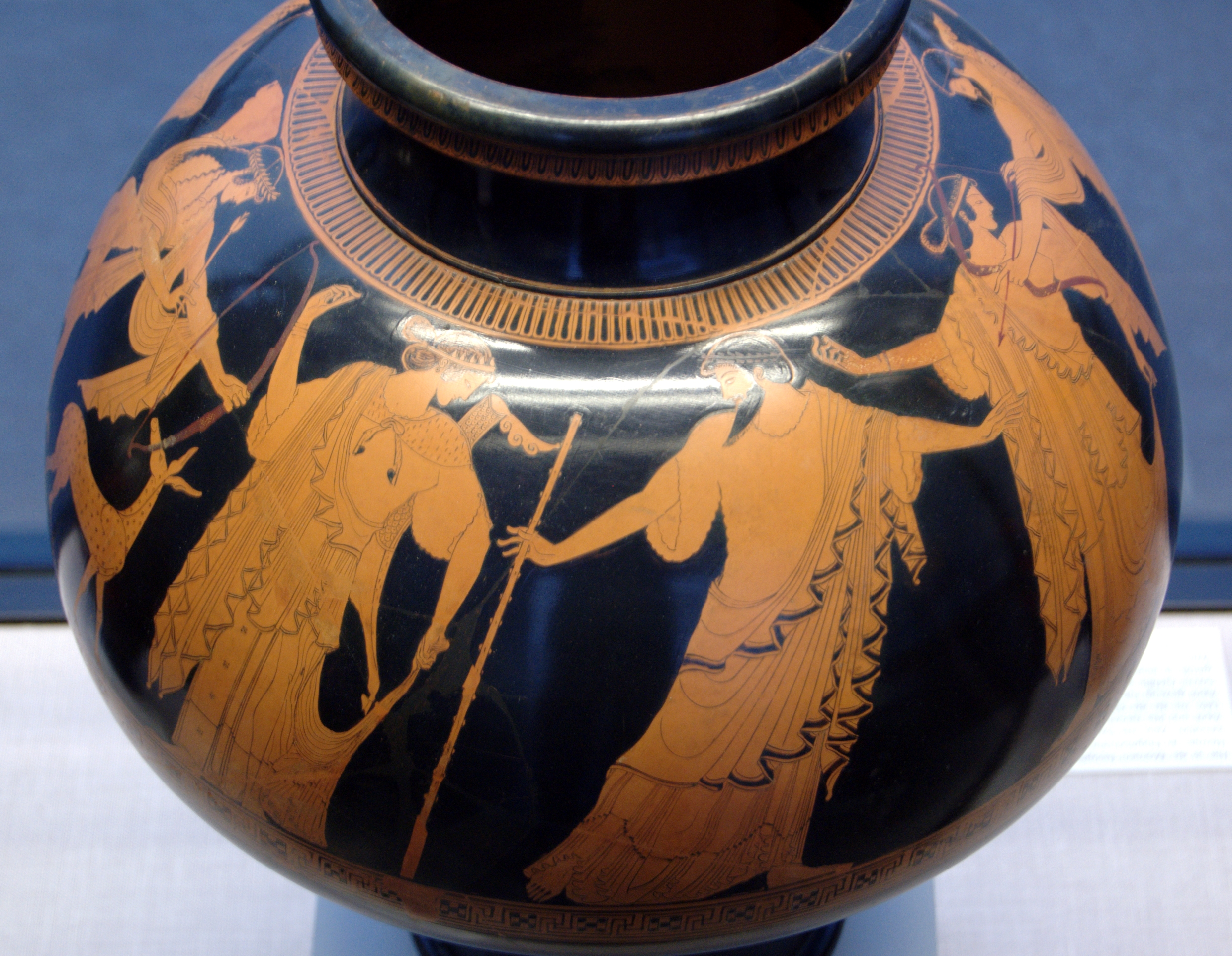
Rape of Marpessa: Apollo (left, with Artemis) and Idas (right, with Marpessa) are separated by Zeus: Attic red-figure psykter, by Pan Painter, c. 480 BC, found at Agrigento: image by Bibi Saint-Pol, 7 September 2010 (Staatliche Antikensammlungen)
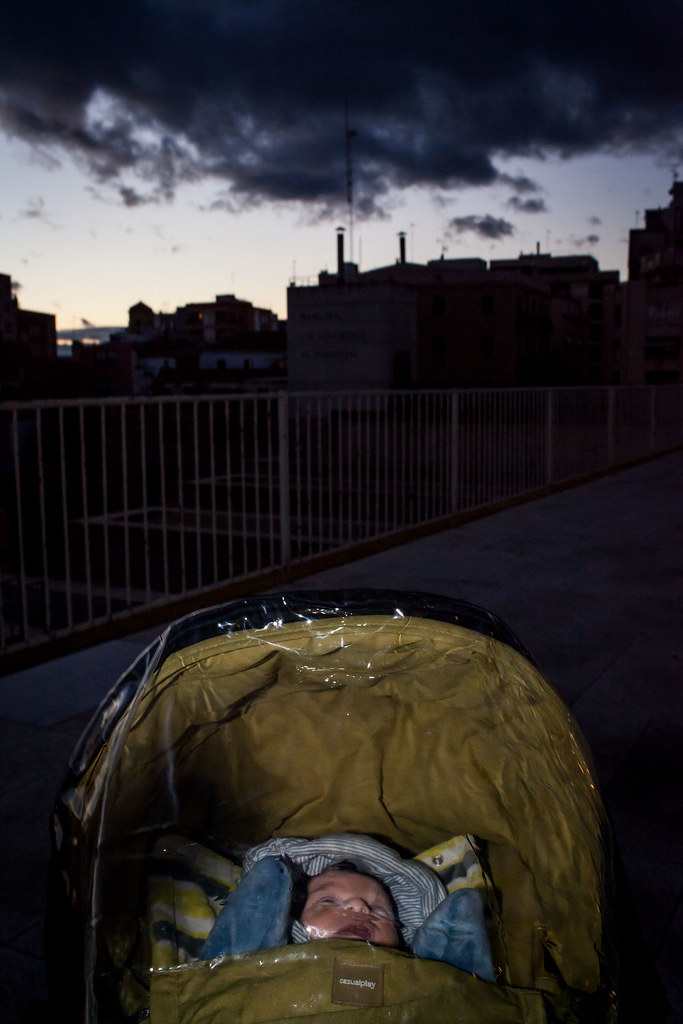
* [Tarragona, Catalonia]: photo by Dimitris Makrygiannakis, 14 January 2014
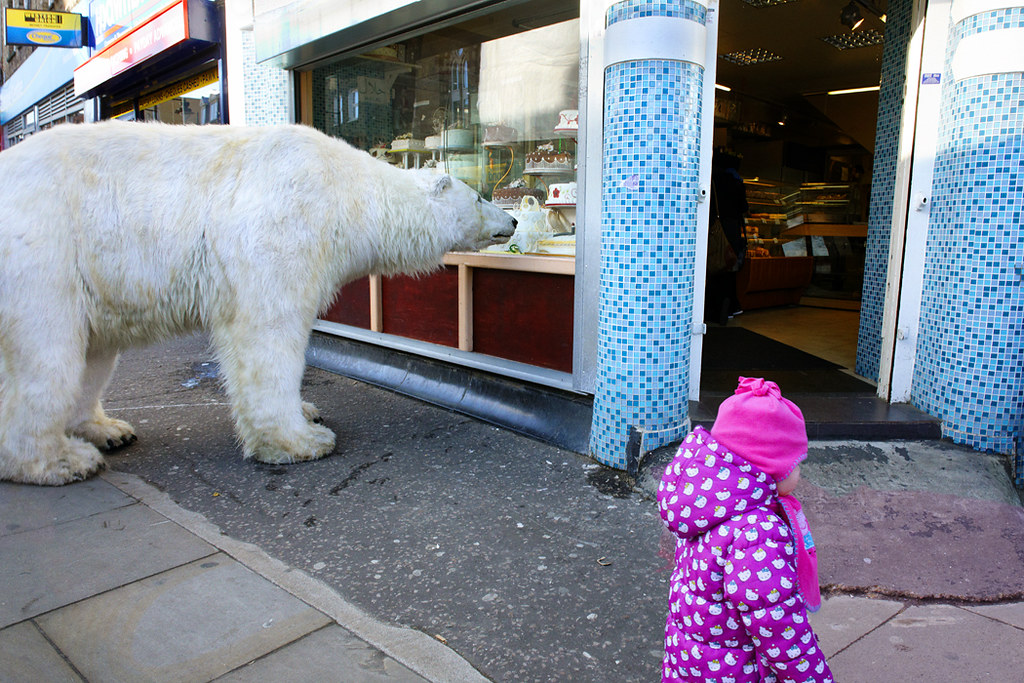
Cake shop: photo by Jo Wallace, 27 January 2016
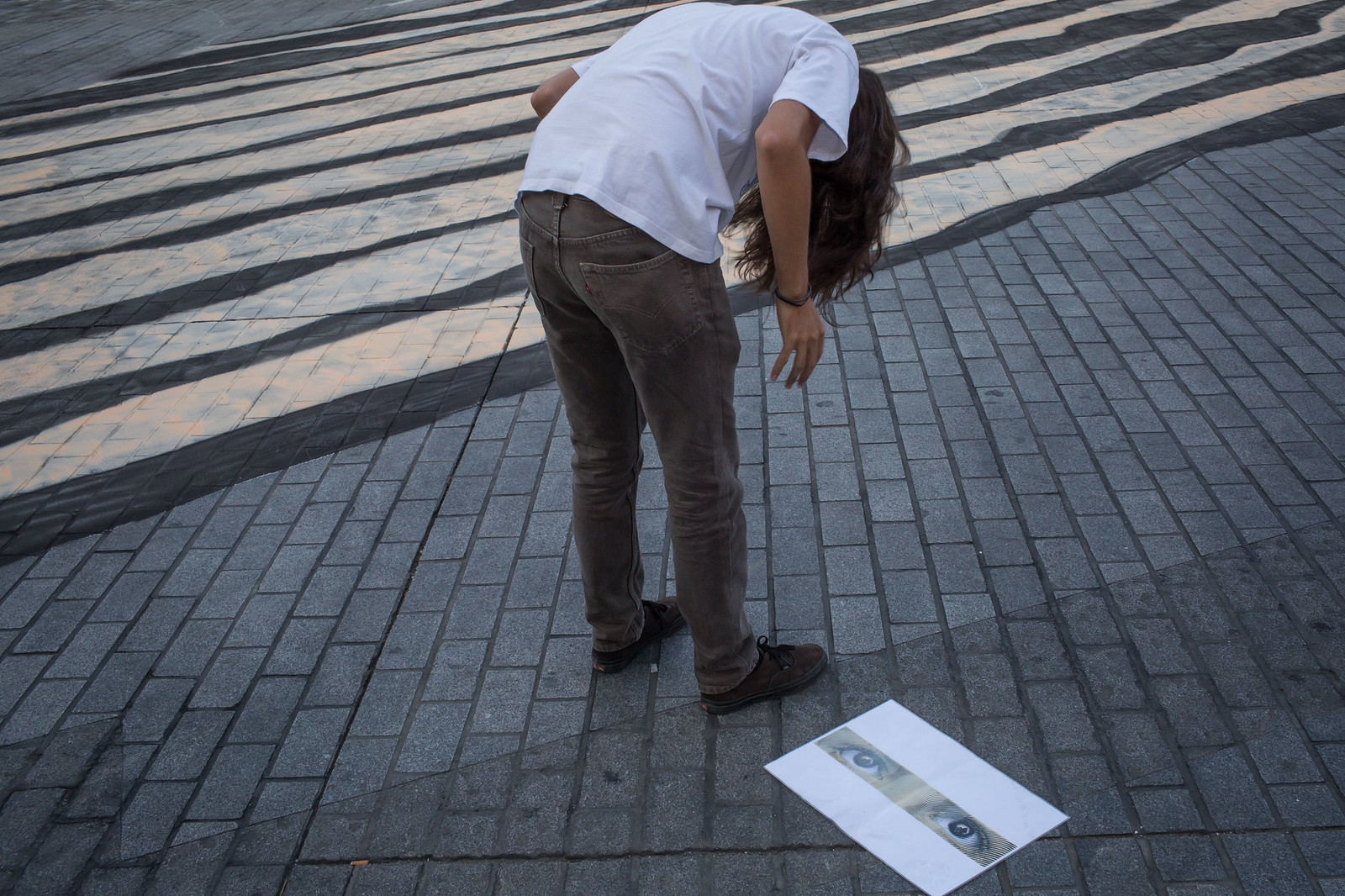
* [Barcelona]: photo by Dimitris Makrygiannakis, 1 October 2016

* [Barcelona]: photo by Dimitris Makrygiannakis, 1 October 2016

* [Barcelona]: photo by Dimitris Makrygiannakis, 1 October 2016
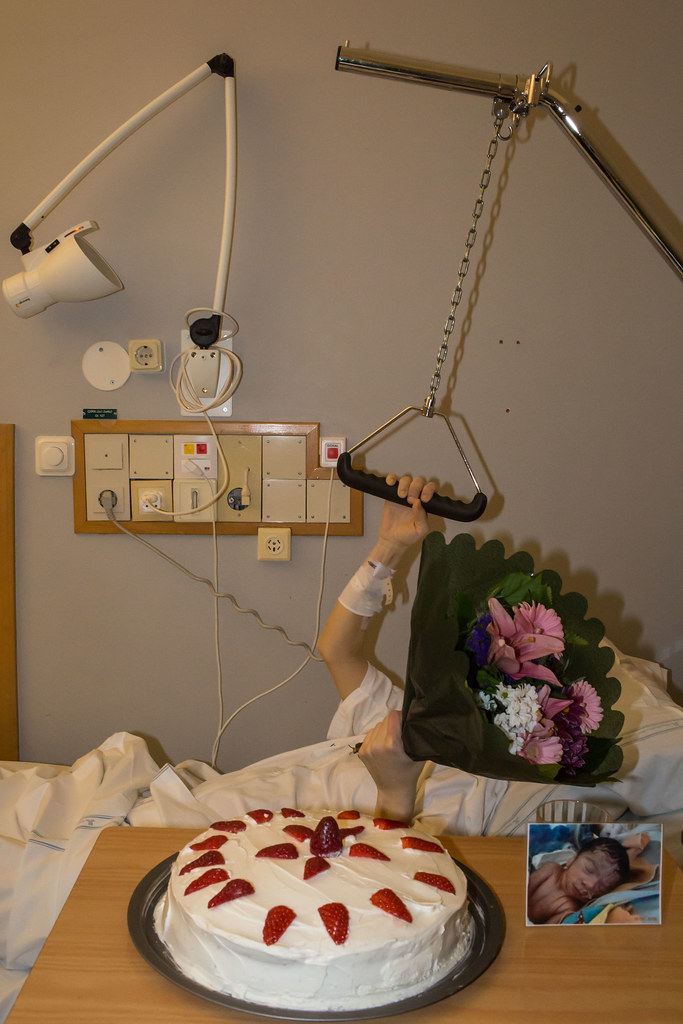
* [Stockholm]: photo by Dimitris Makrygiannakis, 29 March 2014
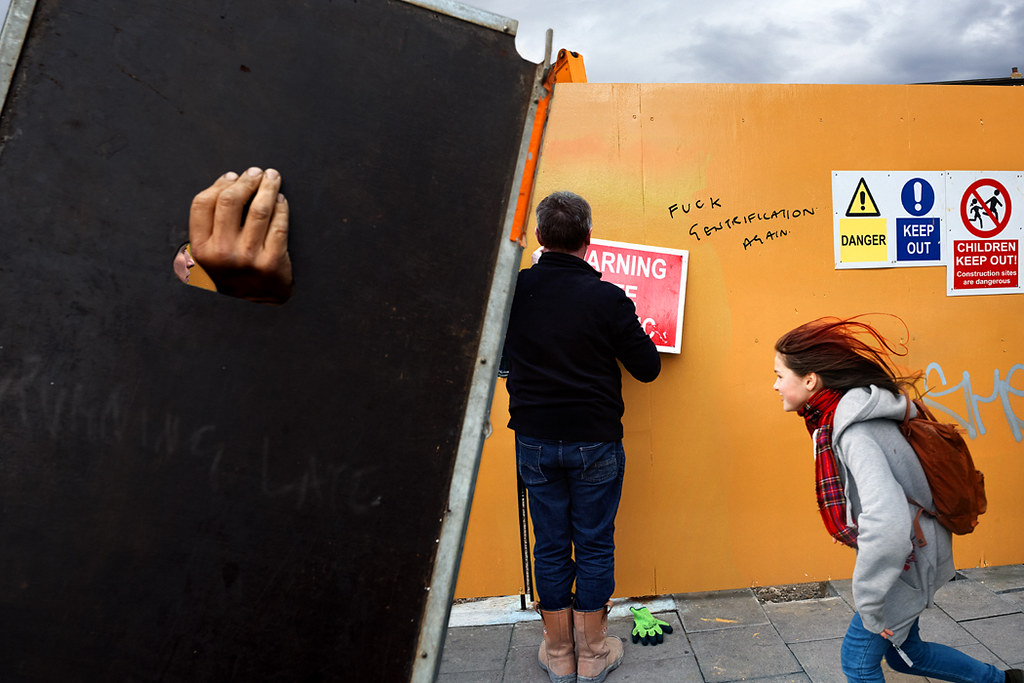
Winner Under Construction Observe Contest: photo by Jo Wallace, 14 May 2015
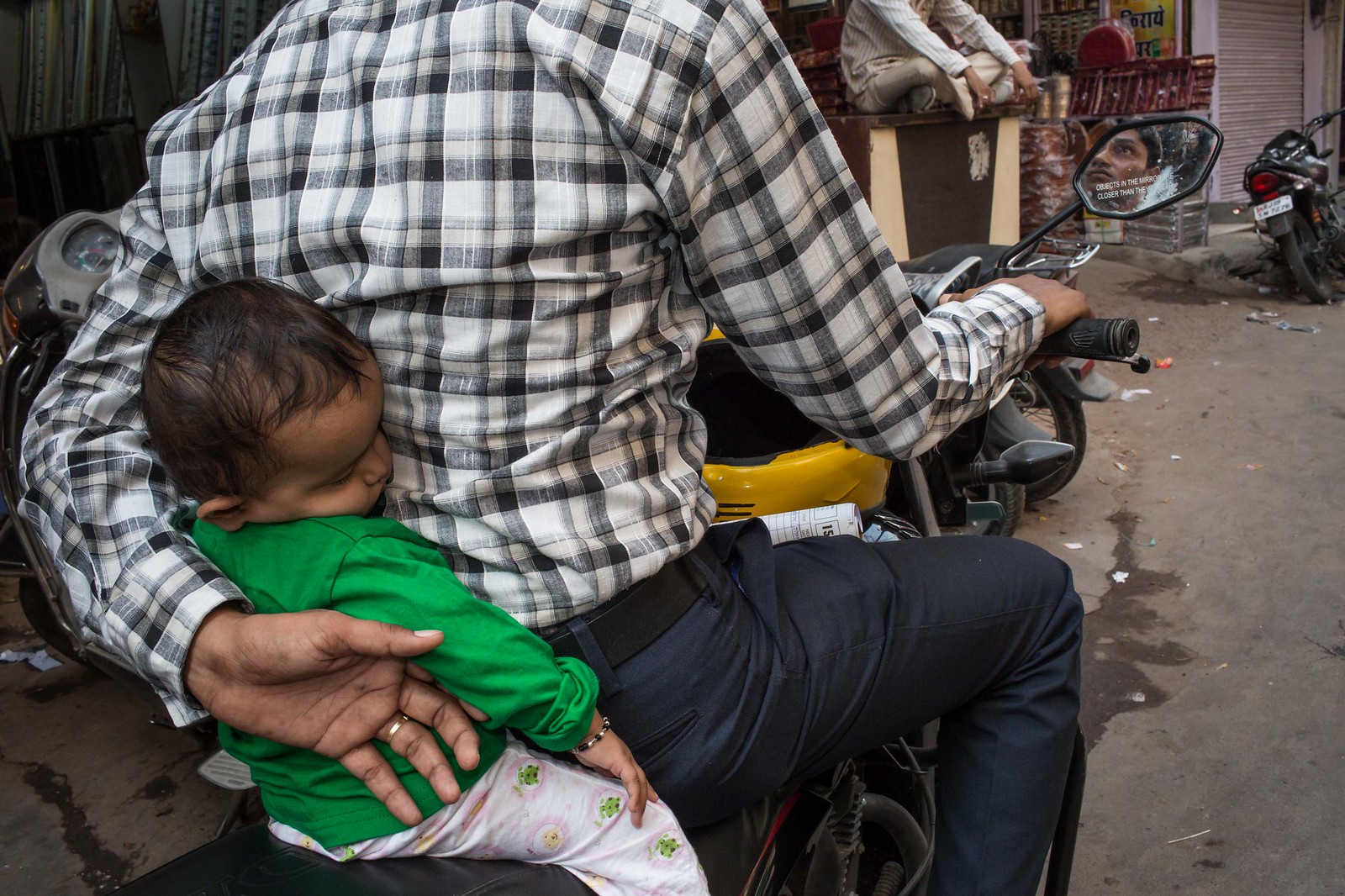
* [Jodhpur, Rajestan]: photo by Dimitris Makrygiannakis, 30 November 2014

* [Jodhpur, Rajestan]: photo by Dimitris Makrygiannakis, 30 November 2014

* [Jodhpur, Rajestan]: photo by Dimitris Makrygiannakis, 30 November 2014
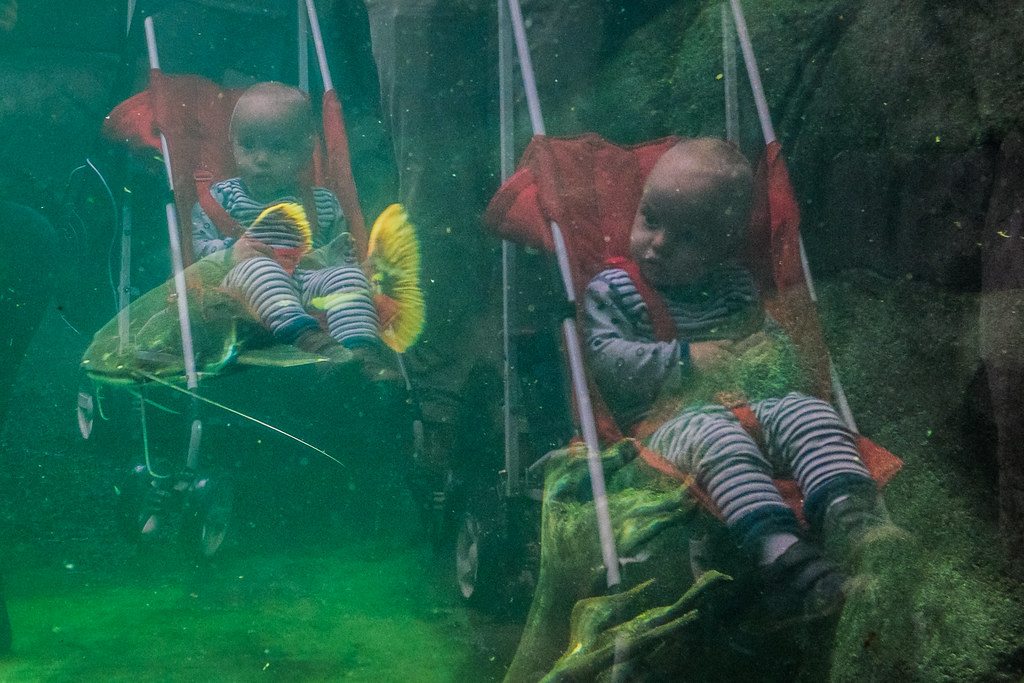
[Untitled]: photo by Oscar_from_Denmark, 5 October 2014

[Untitled]: photo by Muhammad Imam Hasan, 14 May 2017
V Yannis Ritsos: Supplementary Acquisitions

Tomb of William the Silent in the Nieuwe Kerk, Delft, with an Illusionistic curtain: Emanuel de Witte (1617-1692), 1653, oil on panel, 83 cm x 65 cm (private collection)
He didn't hear them at all as they came up the stairs.
He didn't have time to think about where they may have found the key.
That which he called duration was cut -- and he didn't even see
the incision on the floor. They drew
the huge black curtain in front of him, while above him
he could hear the scraping sound of the nickel rings --
high up, on the invisible wire, loosely stretched,
high up, in the clandestine sky that finally belonged to him.
He didn't have time to think about where they may have found the key.
That which he called duration was cut -- and he didn't even see
the incision on the floor. They drew
the huge black curtain in front of him, while above him
he could hear the scraping sound of the nickel rings --
high up, on the invisible wire, loosely stretched,
high up, in the clandestine sky that finally belonged to him.
Yannis Ritsos (1909-1990): Supplementary Acquisitions, 1971, from The Wall Inside the Mirror, 1974, in Exile and Return: Selected Poems 1967-1974, translated by Edmund Keeley, 1985


Interior of the Oude Kerk, Delft: Emanuel de Witte, 1650-52, oil on panel, 48 x 35 cm (Metropolitan Museum of Art, New York)
Emanuel de Witte (b. 1617) was active in his native Alkmaar, then
in Rotterdam (by
1639), Delft (by 1641) and Amsterdam (by 1652). His range was impressive; he produced historical paintings, genre scenes, notably of markets, and
portraits;
but after settling in Amsterdam in the early 1650s, he concentrated on
architectural paintings, primarily church interiors in an idiosyncratic style featuring an intricate
play of light and shadow in lofty overhead spaces, often with playful or fanciful foreground scenes of human (and animal) interaction; these works differ considerably in spirit from the more
sober views composed by better known
Dutch architectural specialists. This artist's life was not happy; he was constantly in debt, and when in 1672 his body was found in an Amsterdam
canal it was generally supposed that he had committed suicide.
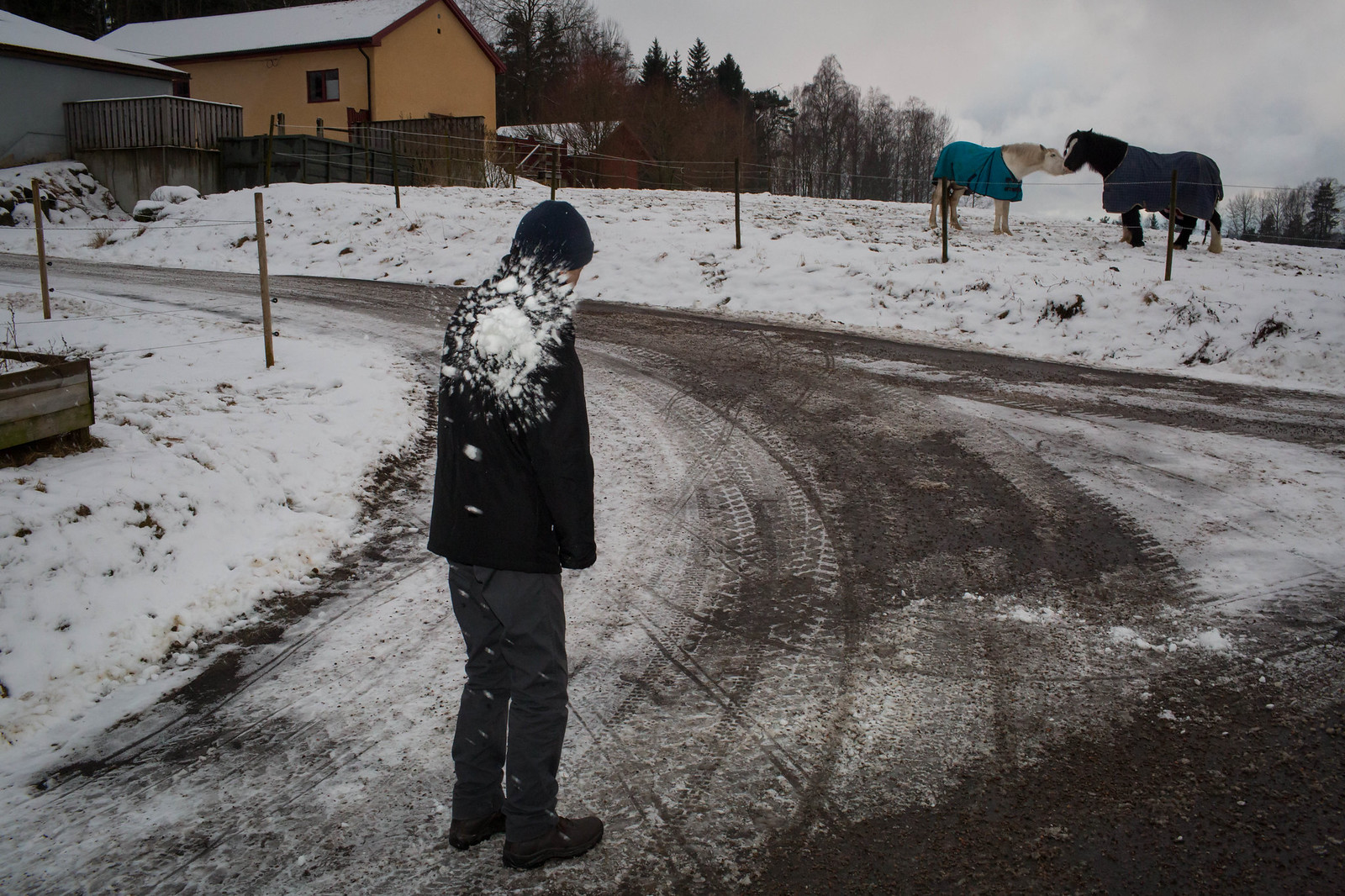
* [Stockholm]: photo by Dimitris Makrygiannakis, 18 February 2016

* [Stockholm]: photo by Dimitris Makrygiannakis, 18 February 2016

* [Stockholm]: photo by Dimitris Makrygiannakis, 18 February 2016
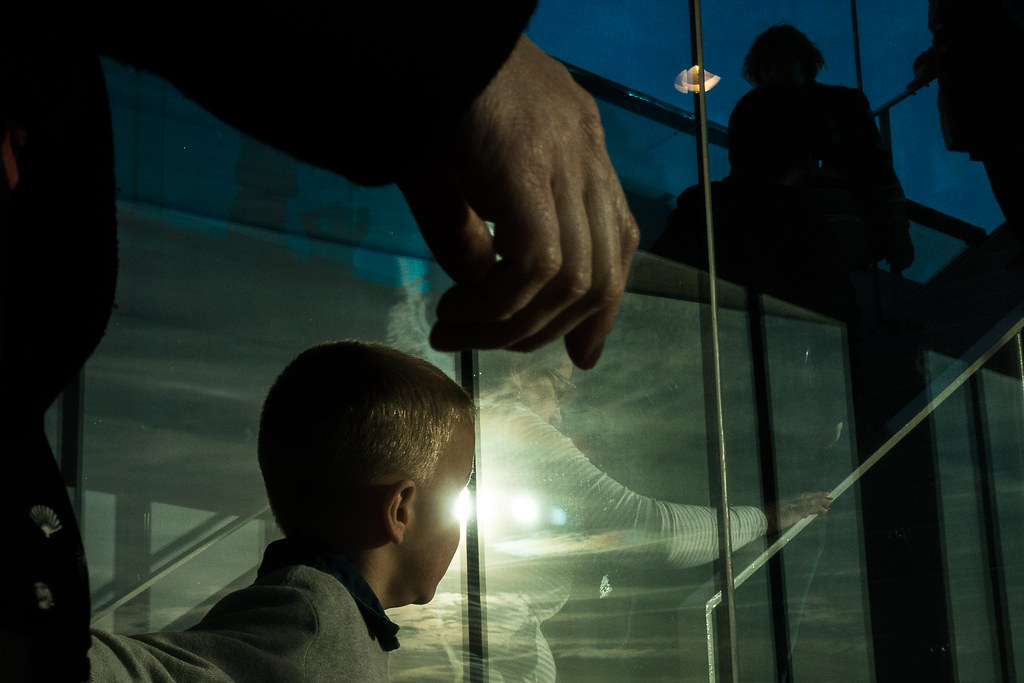
[Untitled]: photo by Oscar_from_Denmark, 18 February 2016
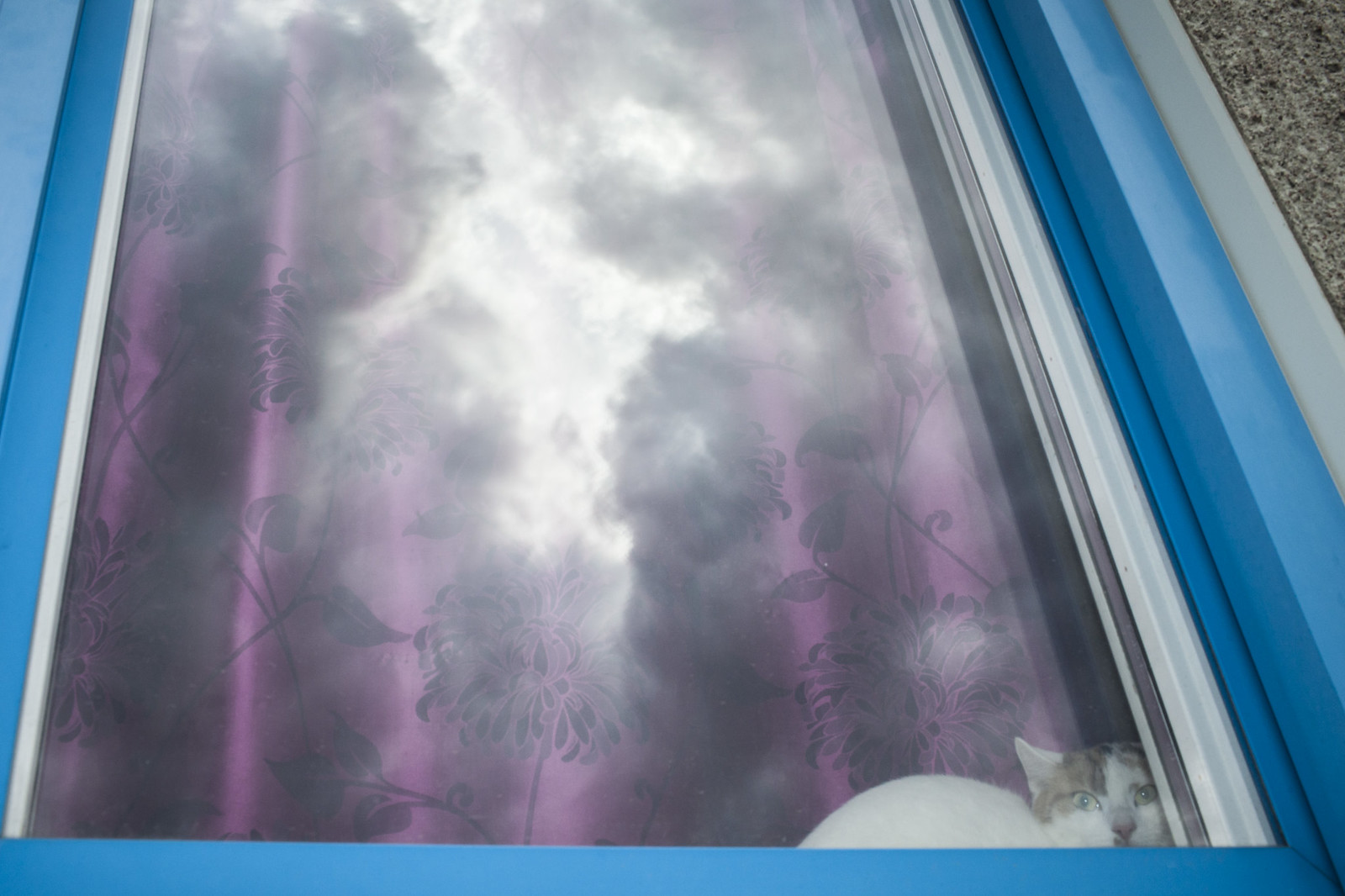
* [Stockholm]: photo by Dimitris Makrygiannakis, 14 May 2013

* [Stockholm]: photo by Dimitris Makrygiannakis, 14 May 2013

* [Stockholm]: photo by Dimitris Makrygiannakis, 14 May 2013

[Untitled]: photo by Oscar_from_Denmark, 10 May 2014
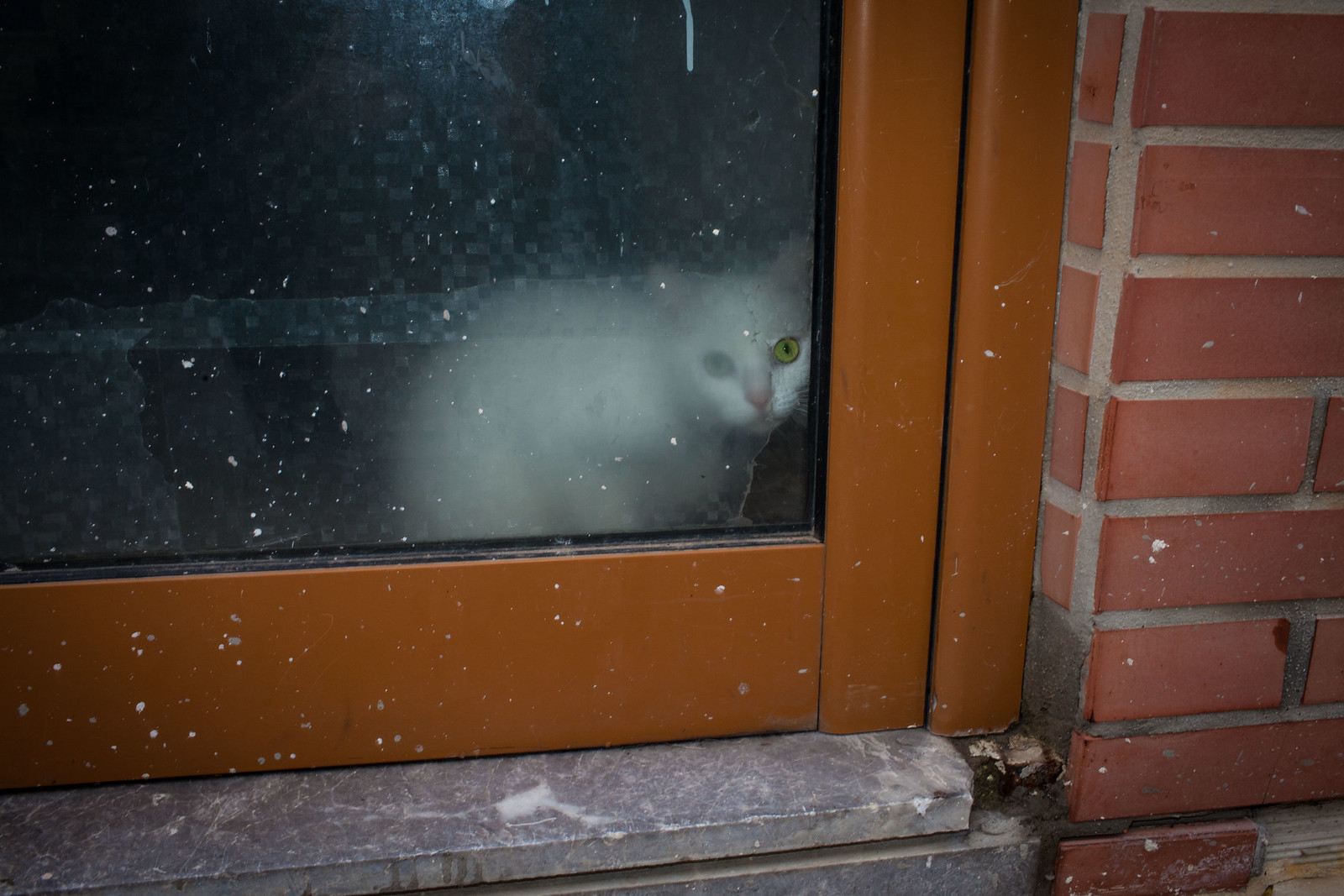
* [Crete]: photo by Dimitris Makrygiannakis, 31 December 2013

* [Stockholm]: photo by Dimitris Makrygiannakis, 14 May 2013

* [Stockholm]: photo by Dimitris Makrygiannakis, 14 May 2013
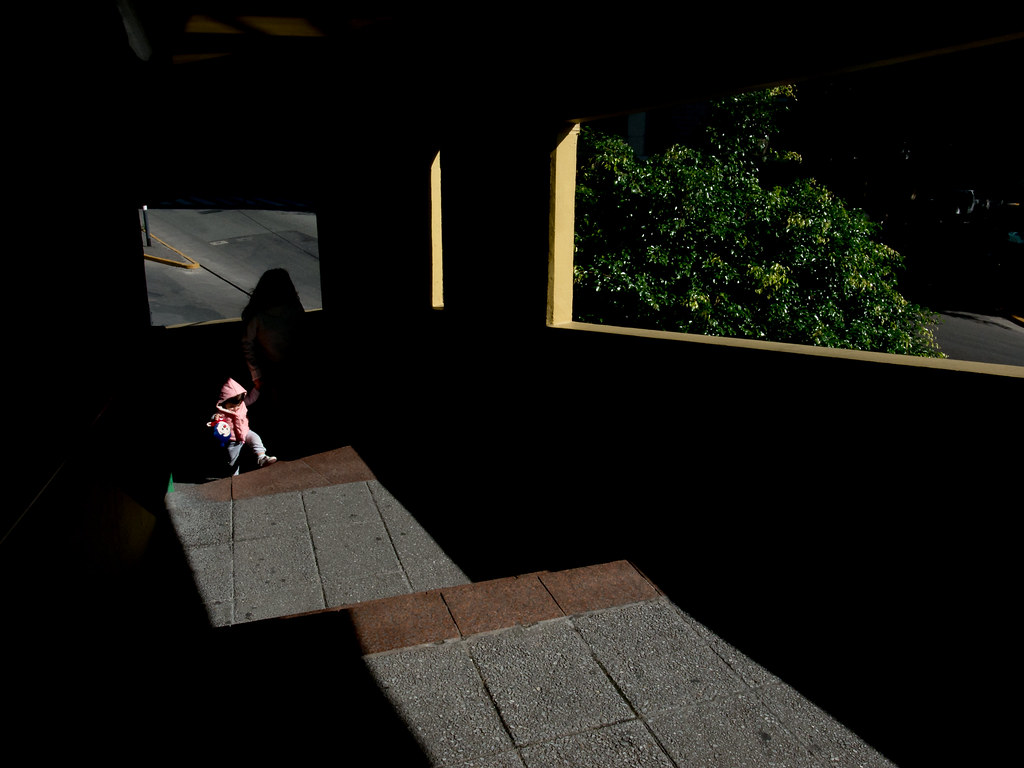
[Untitled]: photo by Oscar_from_Denmark, 16 May 2014
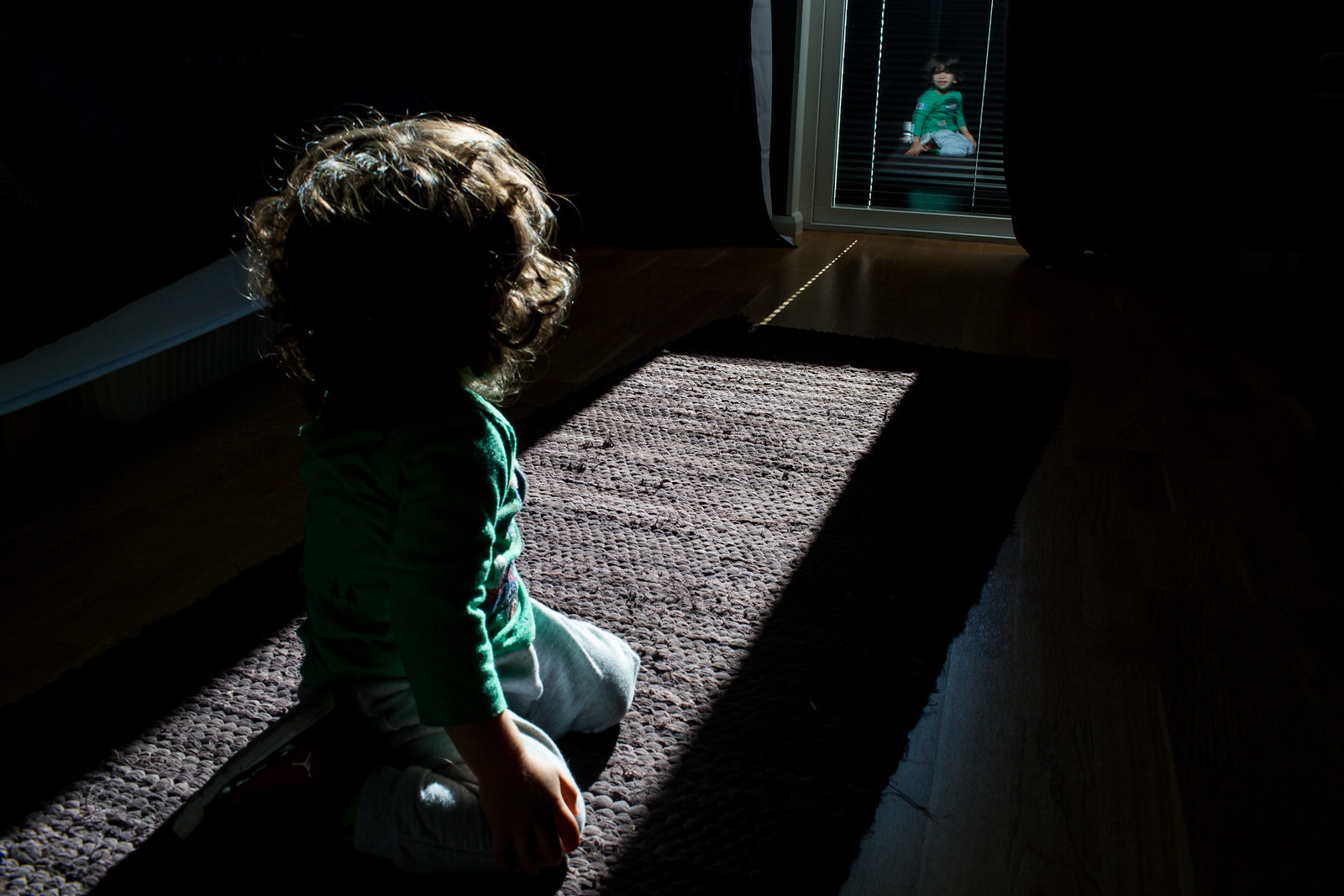
* [Stockholm]: photo by Dimitris Makrygiannakis, 29 September 2015

* [Stockholm]: photo by Dimitris Makrygiannakis, 29 September 2015

* [Stockholm]: photo by Dimitris Makrygiannakis, 29 September 2015
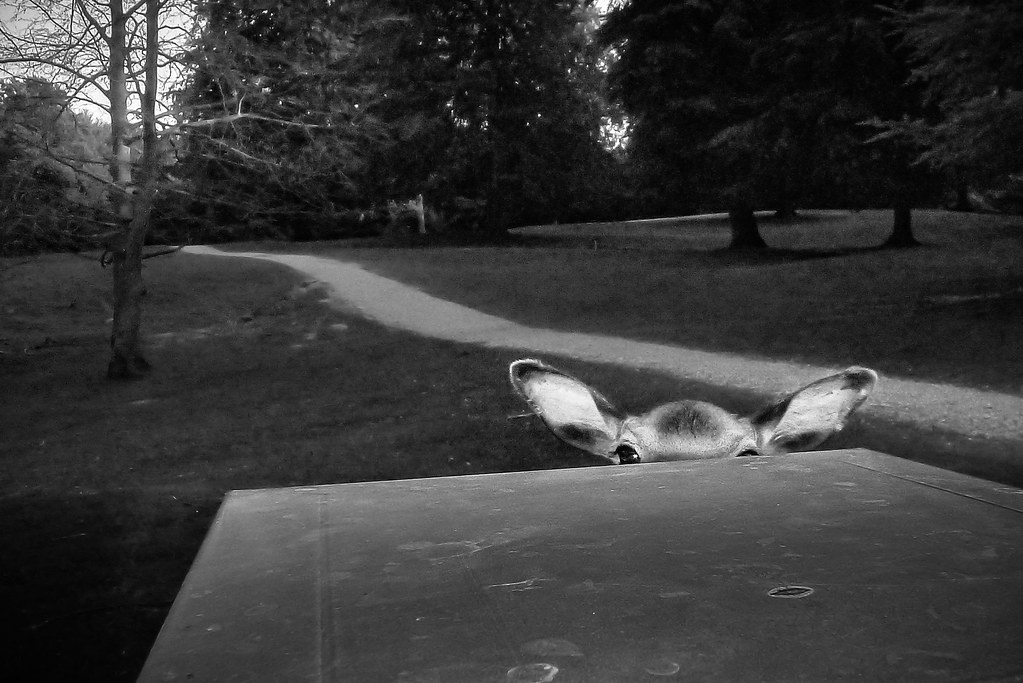
[Untitled]: photo by Oscar_from_Denmark, 18 February 2016
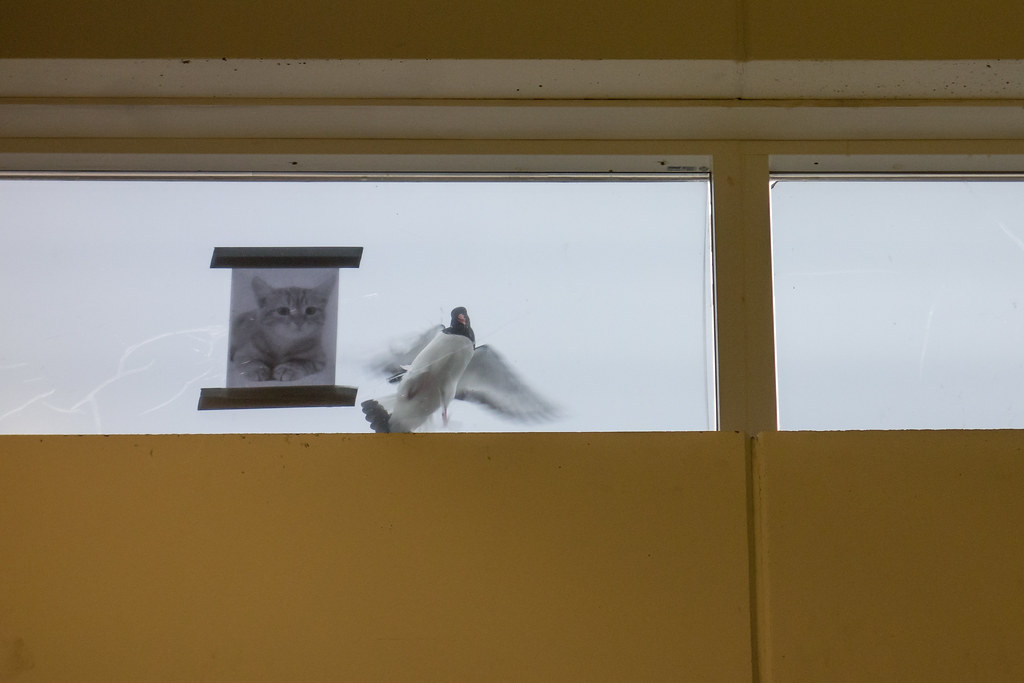
[Untitled]: photo by Oscar_from_Denmark, 14 April 2014
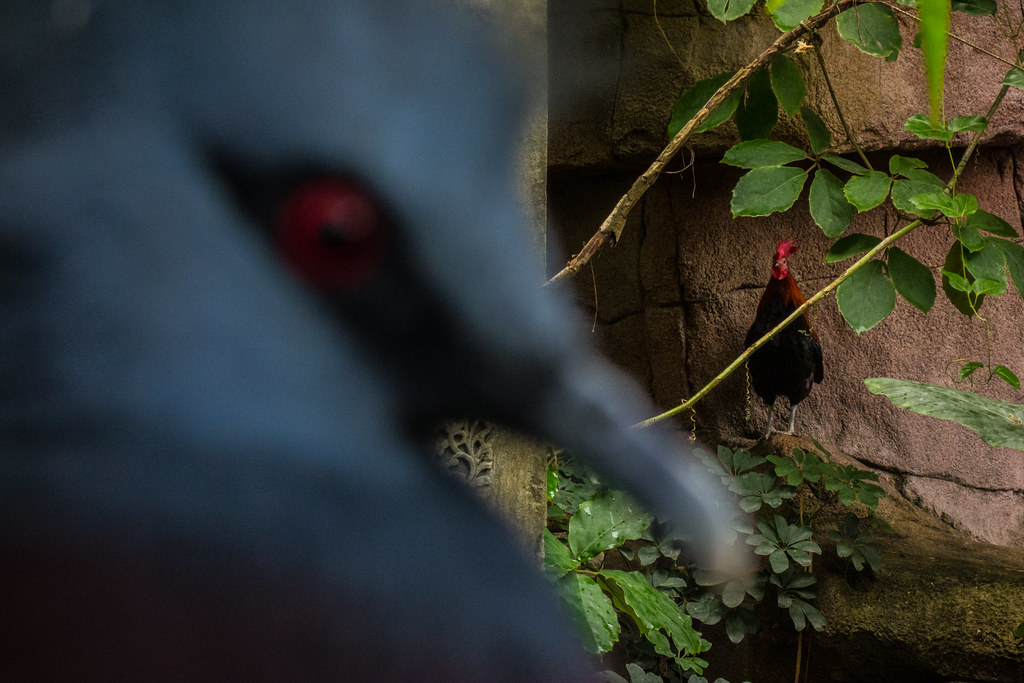
[Untitled]: photo by Oscar_from_Denmark, 5 October 2013
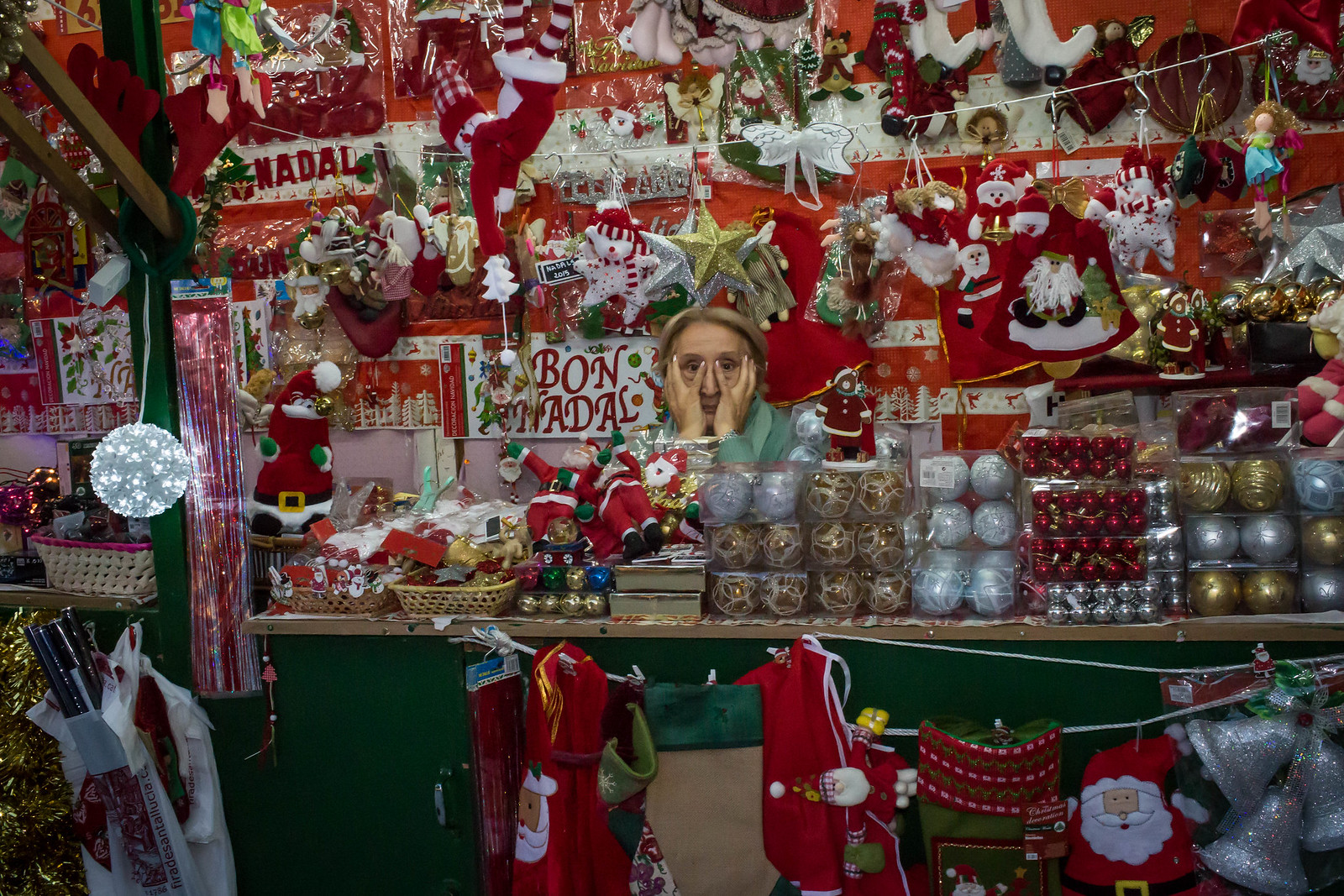
* [Barcelona]: photo by Dimitris Makrygiannakis, 16 December 2016

* [Barcelona]: photo by Dimitris Makrygiannakis, 16 December 2016

* [Barcelona]: photo by Dimitris Makrygiannakis, 16 December 2016




5 comments:
Ritsos' great poems come from a period of detention, imprisonment, exile and house arrest. There is an eerie oblique quality, an indirectional signalling of commentary on history by way of parabolic stories, a sinking deep into images which carry a burden no sketch of the surface picture could ever capture... maybe we don't know those stories, but Ritsos' poems help us "remember" them all the same.
Historical context is complicated in these poems. "One level of meaning is clearly intended to reside in the particular historical climate -- the imposed mood of the times, if you will -- that the dictatorship engendered. One constantly encounters imagery of dislocation, of intimidation, of lethargic and directionless motion, of exile in strange places and even within the confines of a particular neighborhood, as though the land were under siege and the people in it dispossessed of their normal habitations, their normal means of sustenance both physical and spiritual, or have become so disoriented by circumstances beyond their control that they have lost their power to act as human beings. In several poems the setting is evidently a guarded camp or barracks or building under surveillance...[The] landscape is now subject to violent distortion and the intrusion of unexpected anomalies. The inhabitants, haunted by death, are sometimes seen to be not merely terrified but petrified, turned into statues, and the statues into animated human beings moving cautiously through abandoned city streets emptied by undefined forces of evil..." -- from Edmund Keeley's Introduction to Exile and Return.
Yannis Ritsos (1909-1990) talks about prudishness in art
By the time these poems were writ Ritsos had lived and suffered through more than one dictatorship. He had been a communist, had spent four years in prison following the civil war of the late 1940s, had been arrested after the April 1967 military coup (the Junta of the Colonels), deported to a prison camp at Yiaros, then to another such camp on the isle of Leros. His health failing, he was shipped back to Athens for hospitalization, then remanded to his wife's home on Samos, and placed under house arrest. It was in these not exactly Arcadian circumstances of internal exile the poems were composed. They haunt as history haunts, popping up in the back of the mind like bubbles from the mouth of a sunken statue. The petrified figures in the poems seem to express a condition of isolation and estrangement, giving out mute cries, as figures in dreams.
Ah, now I understand all the leginess.
Looks like Ritsos' poetry wasn't prudish enough for the Nobel Prize Literature selection committee--he was rejected 9 times--but you and I know it wasn't primarily because of his language register, right?
I'm not sure I like knowing what you and I know, Vassilis, but unfortunately I can't deny that we do indeed know it.
Post a Comment